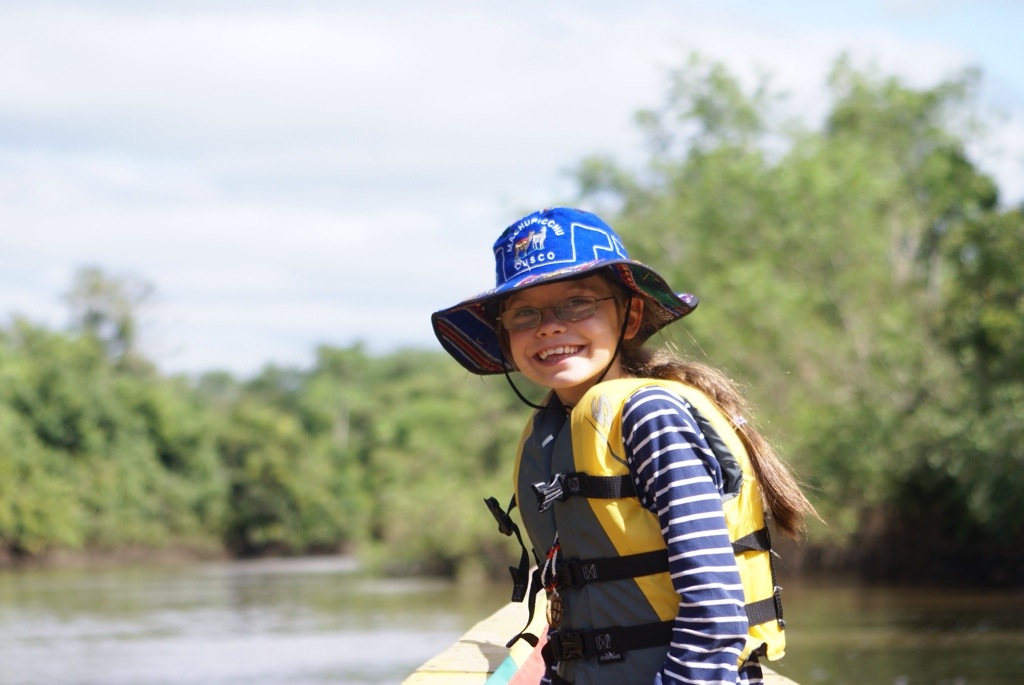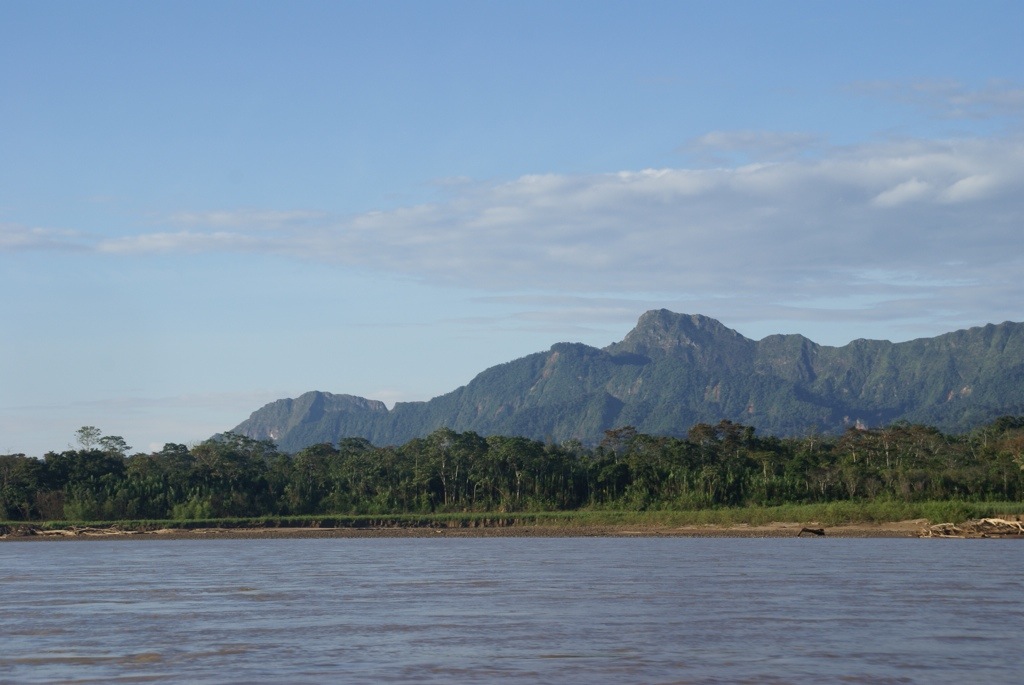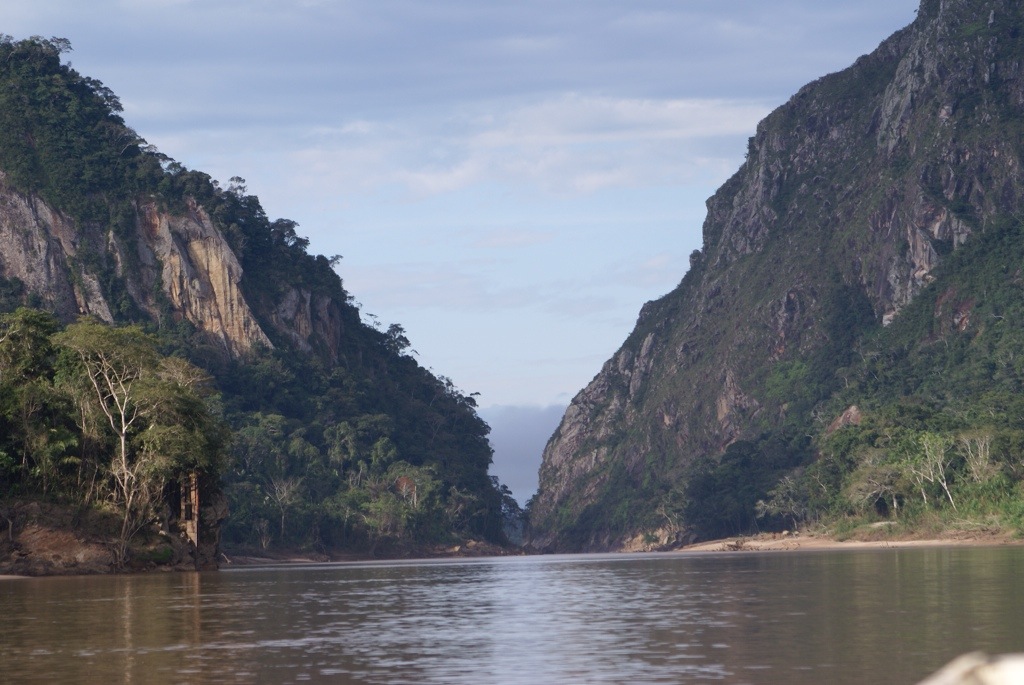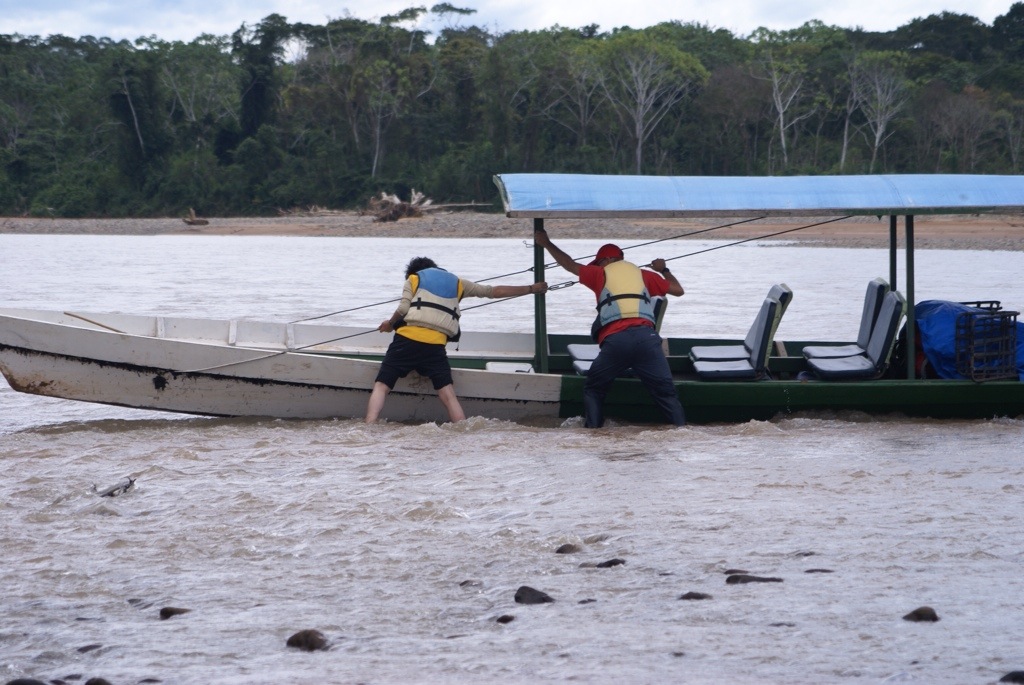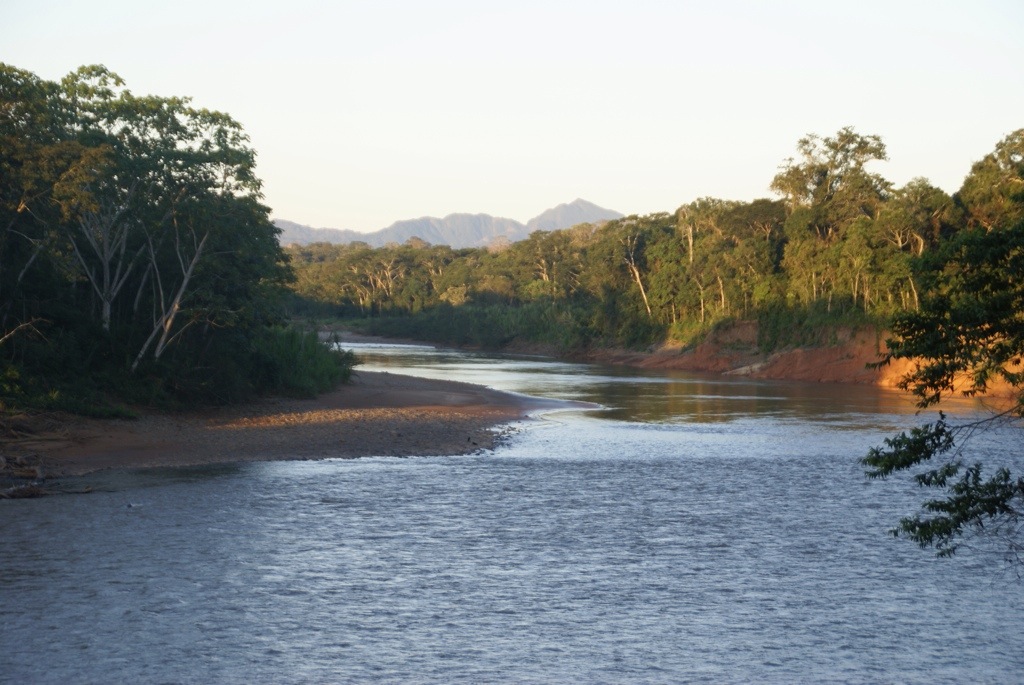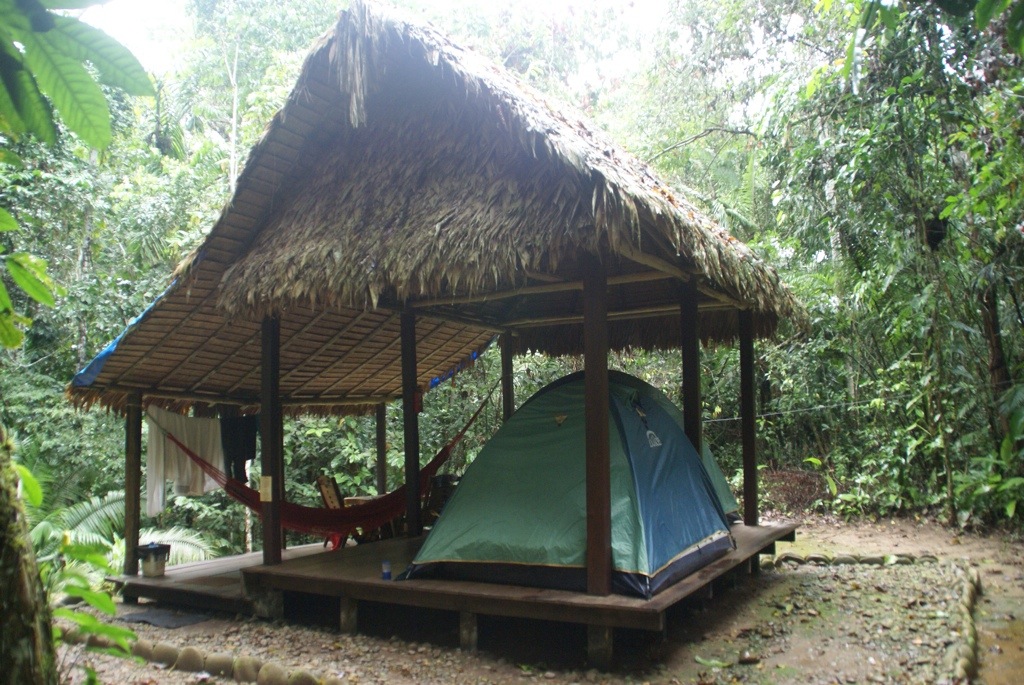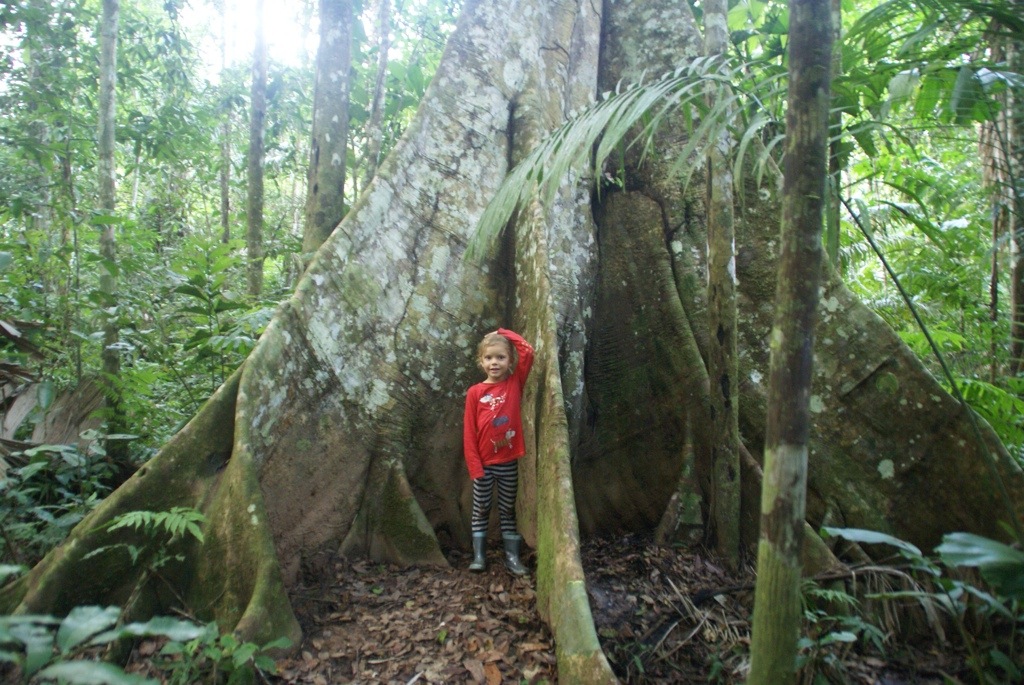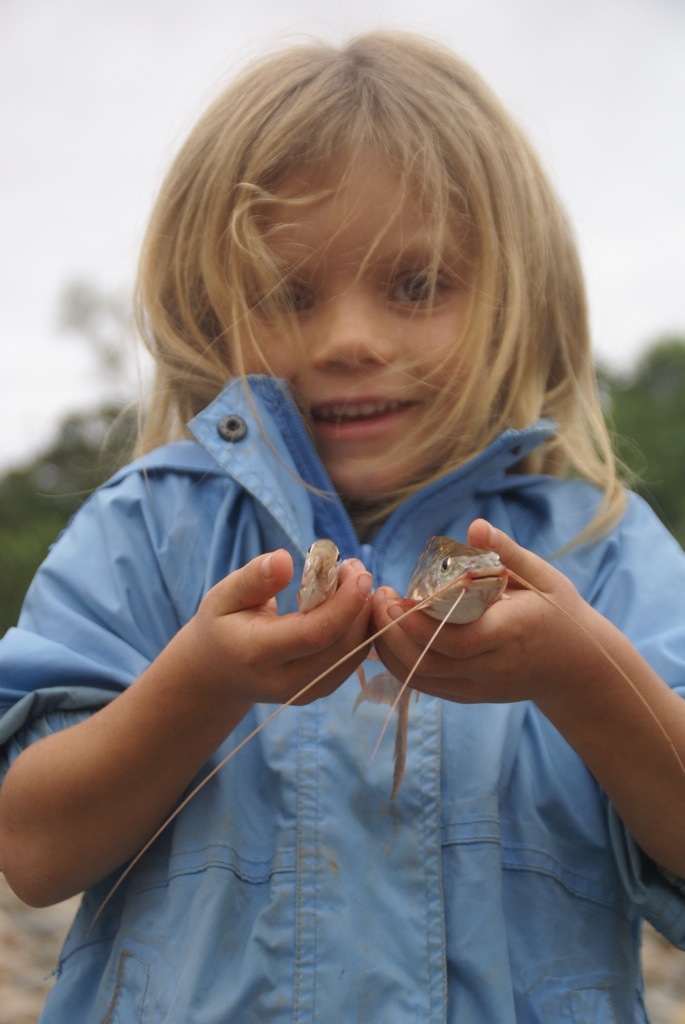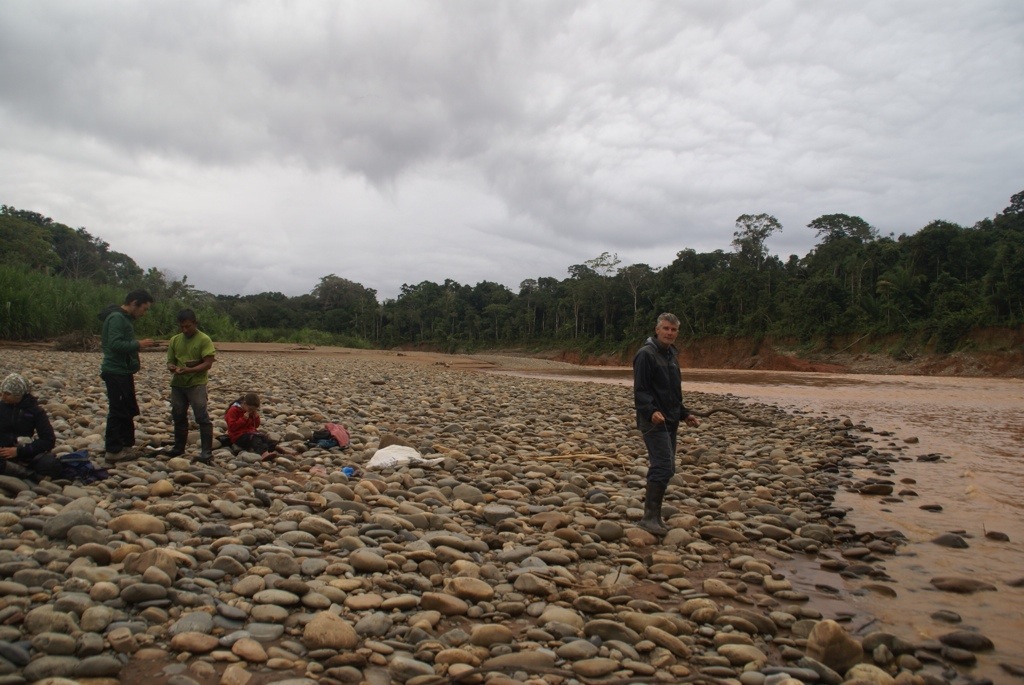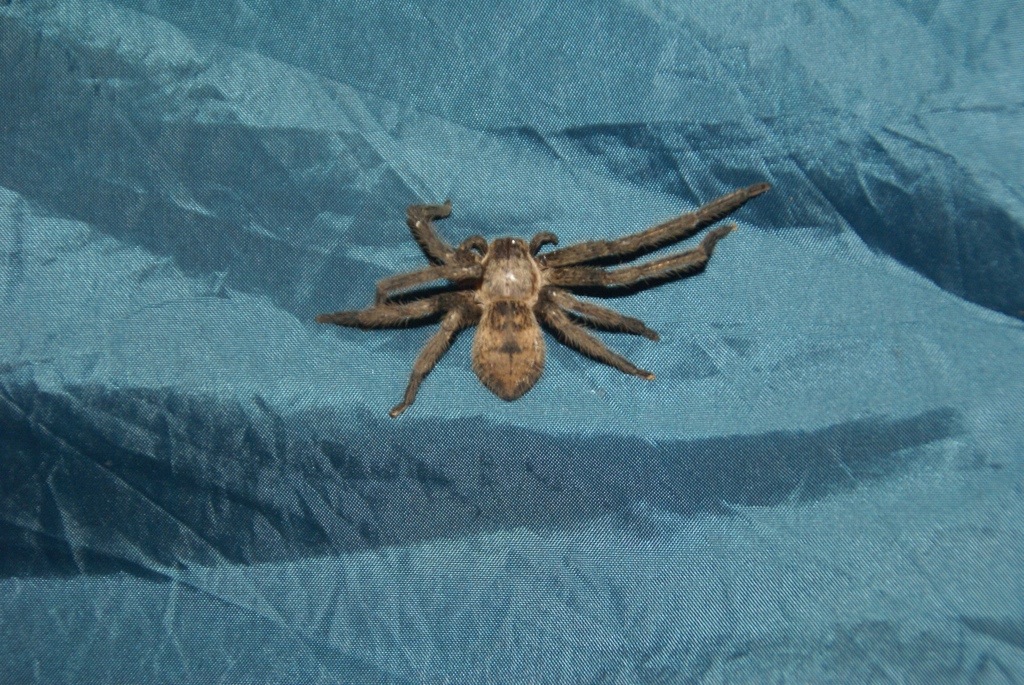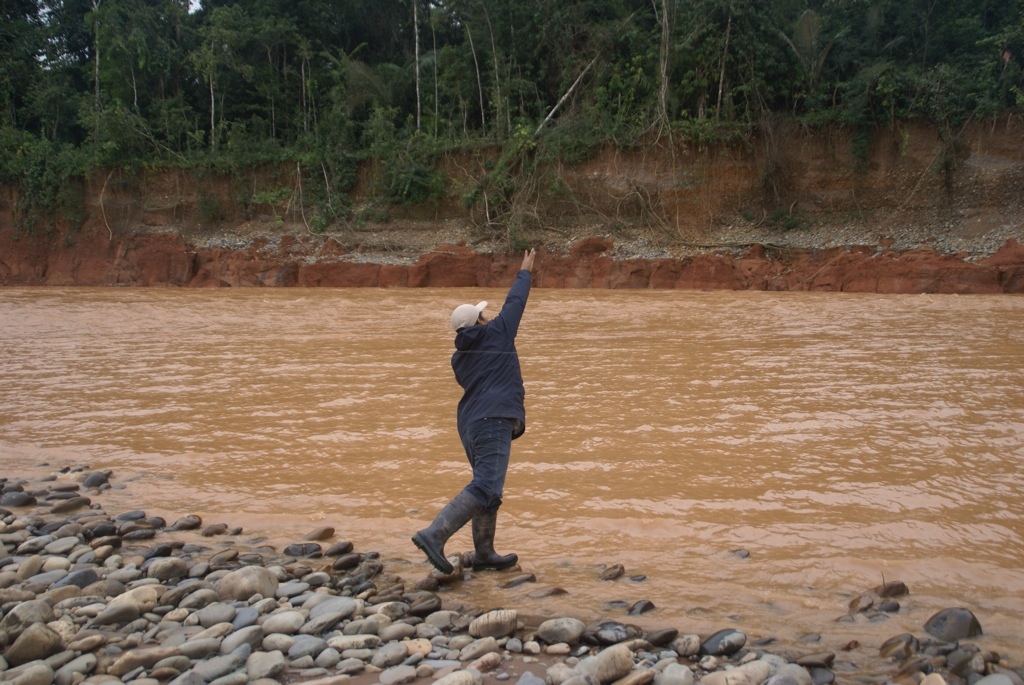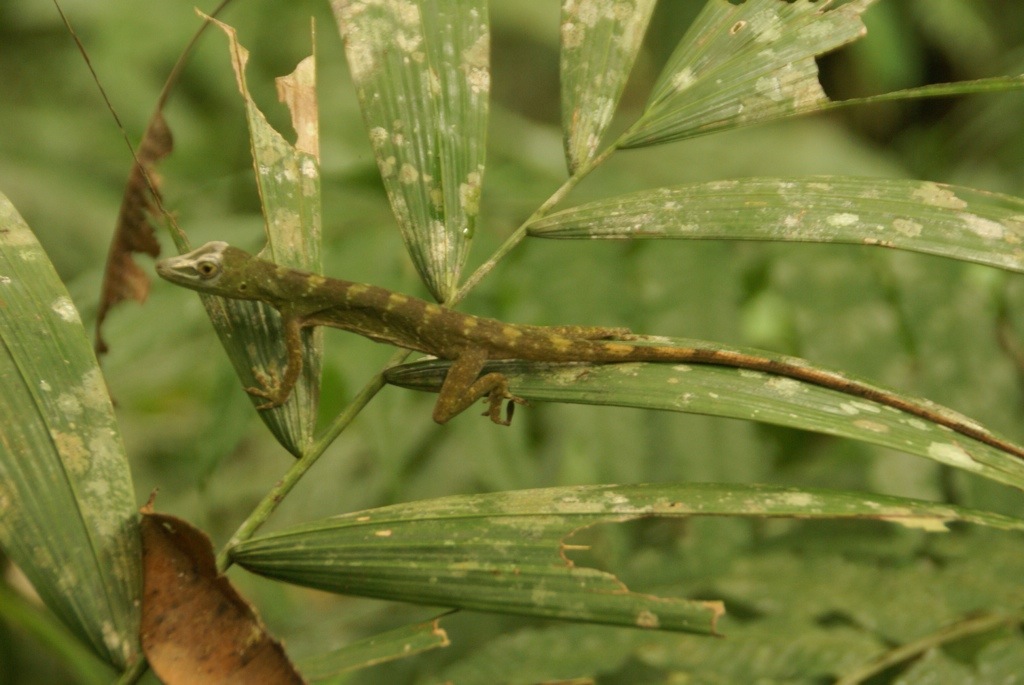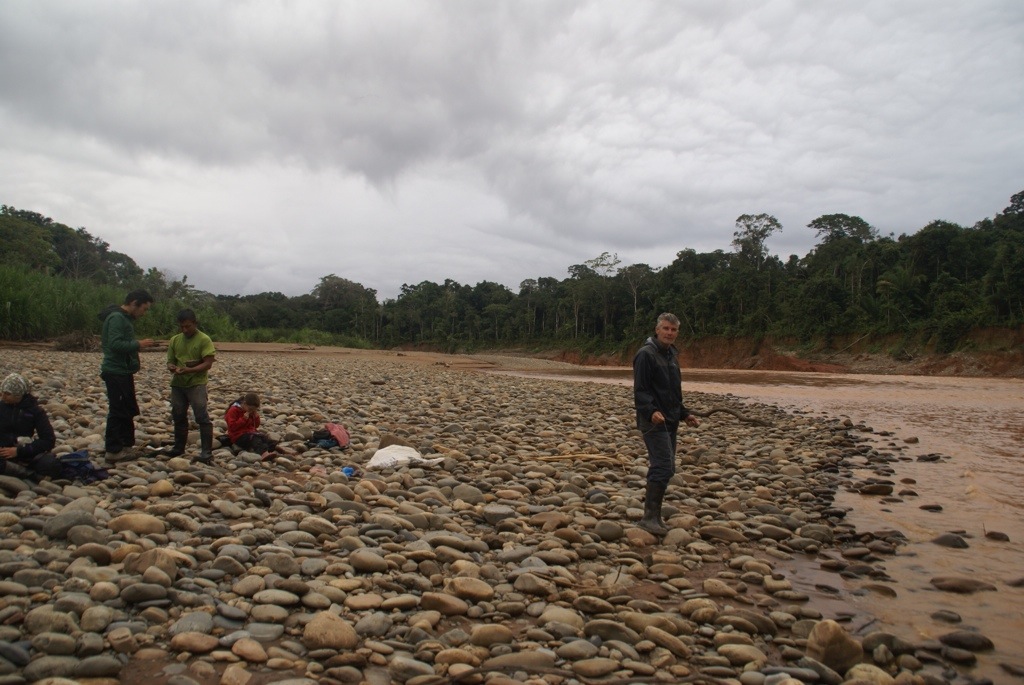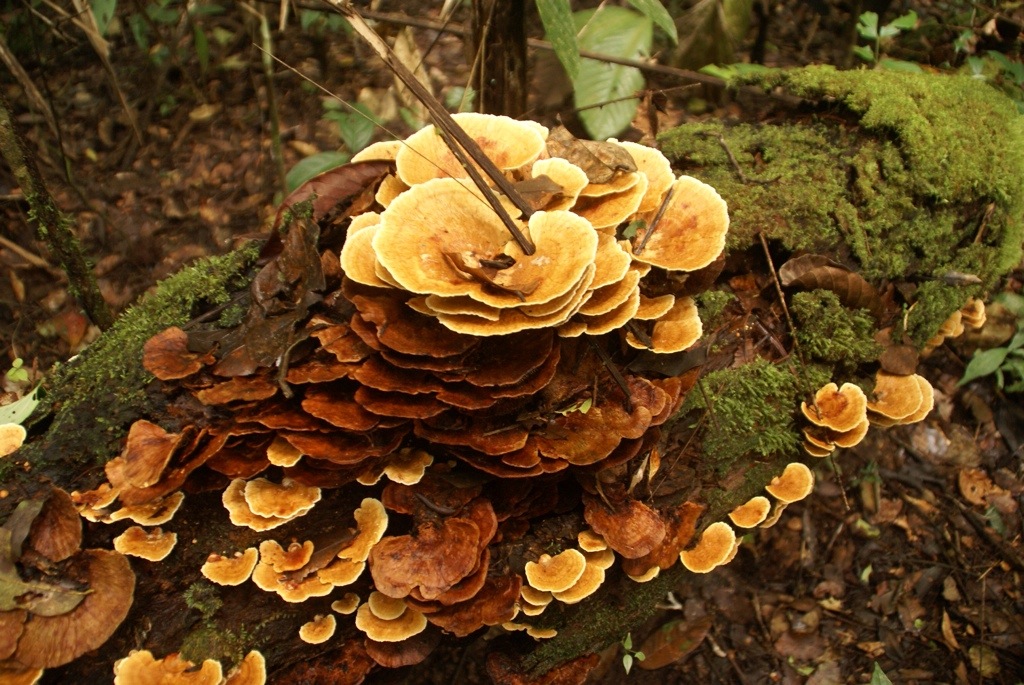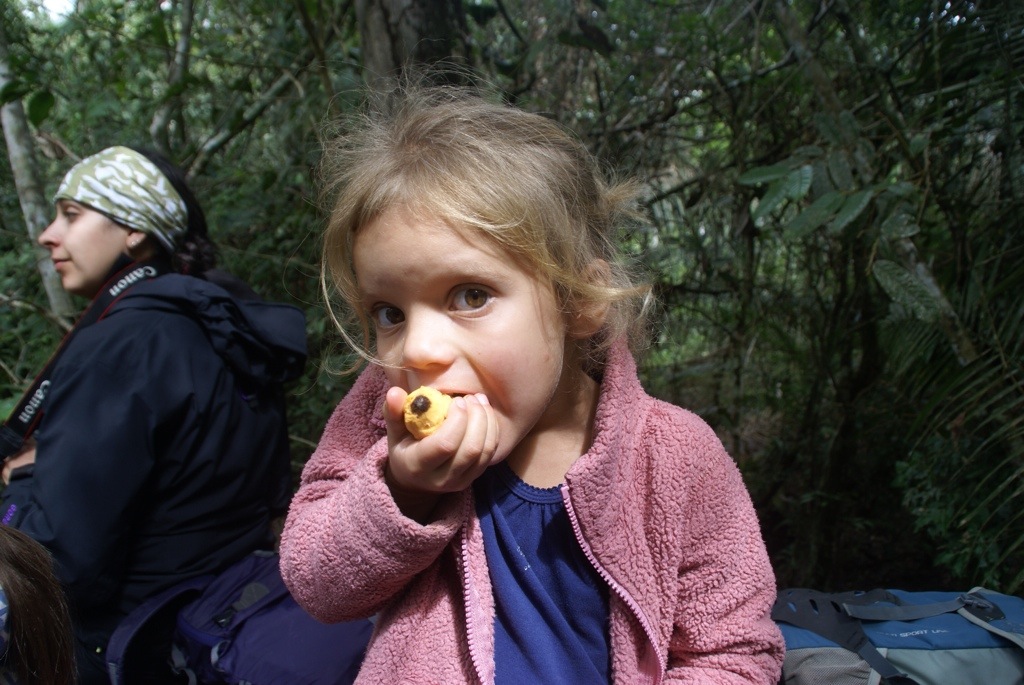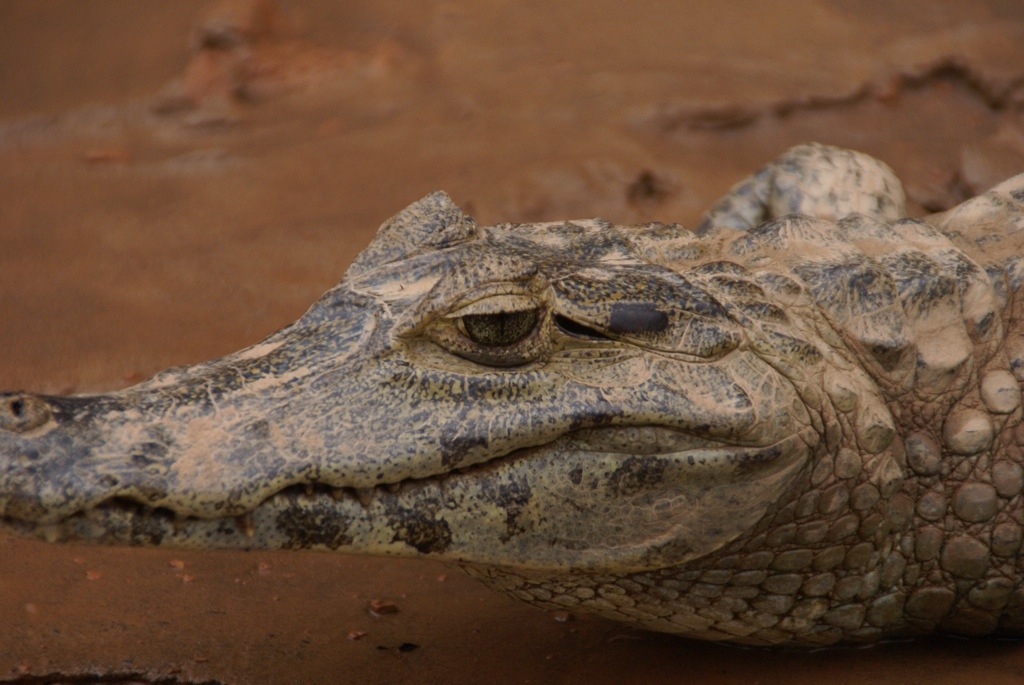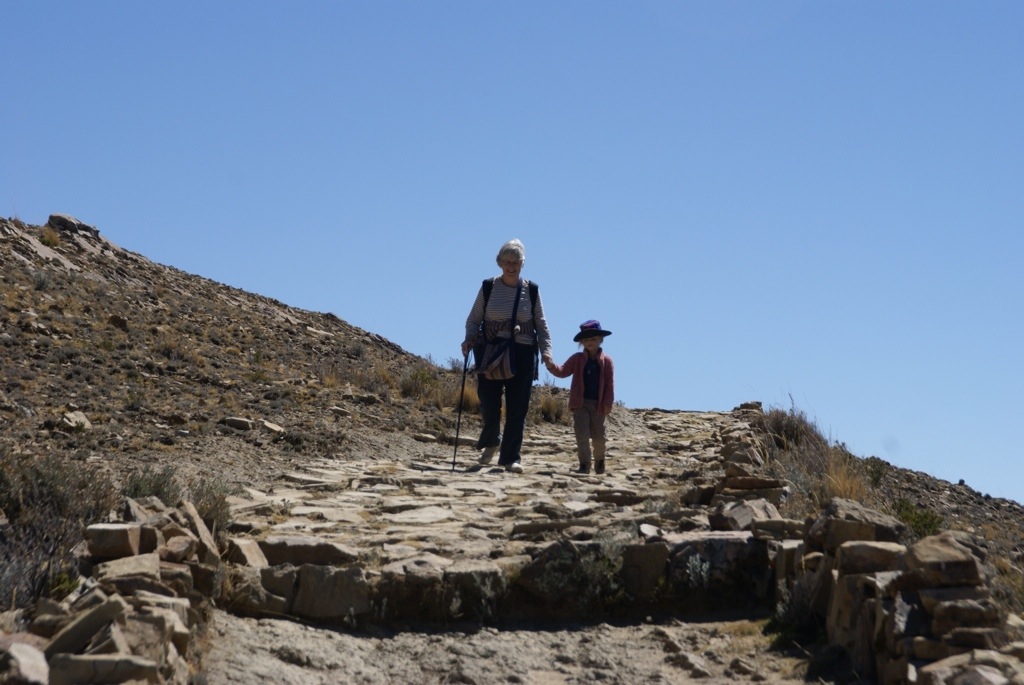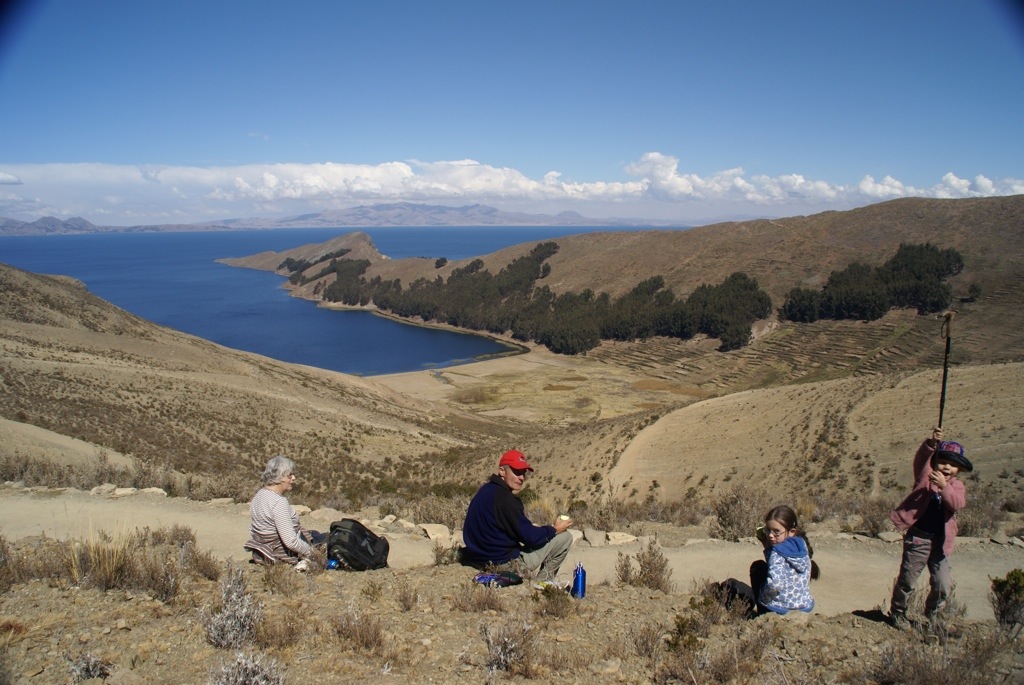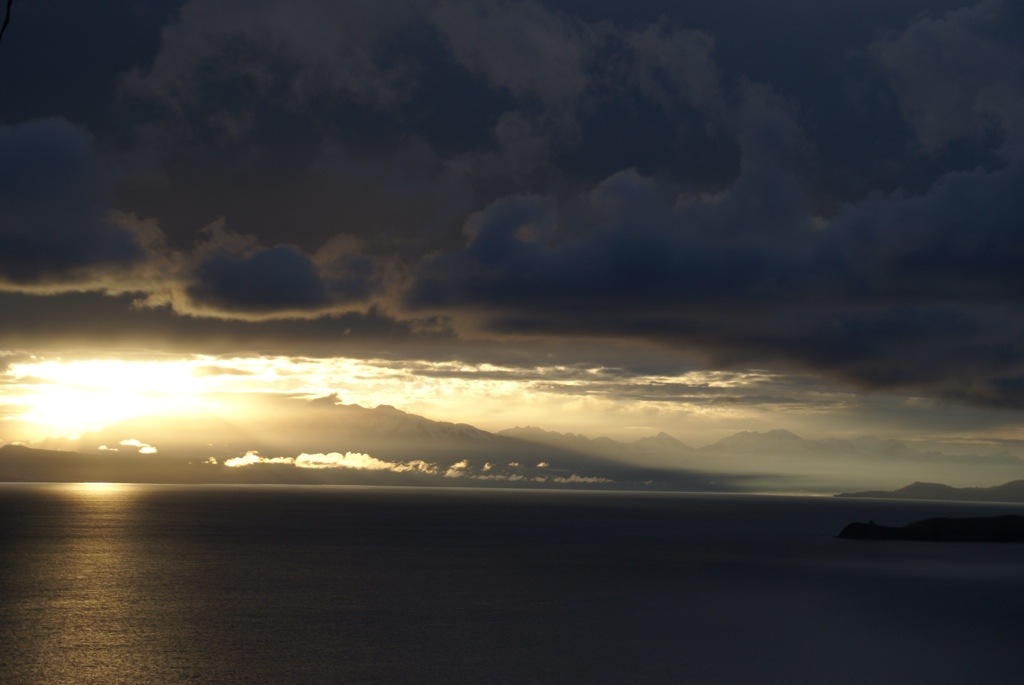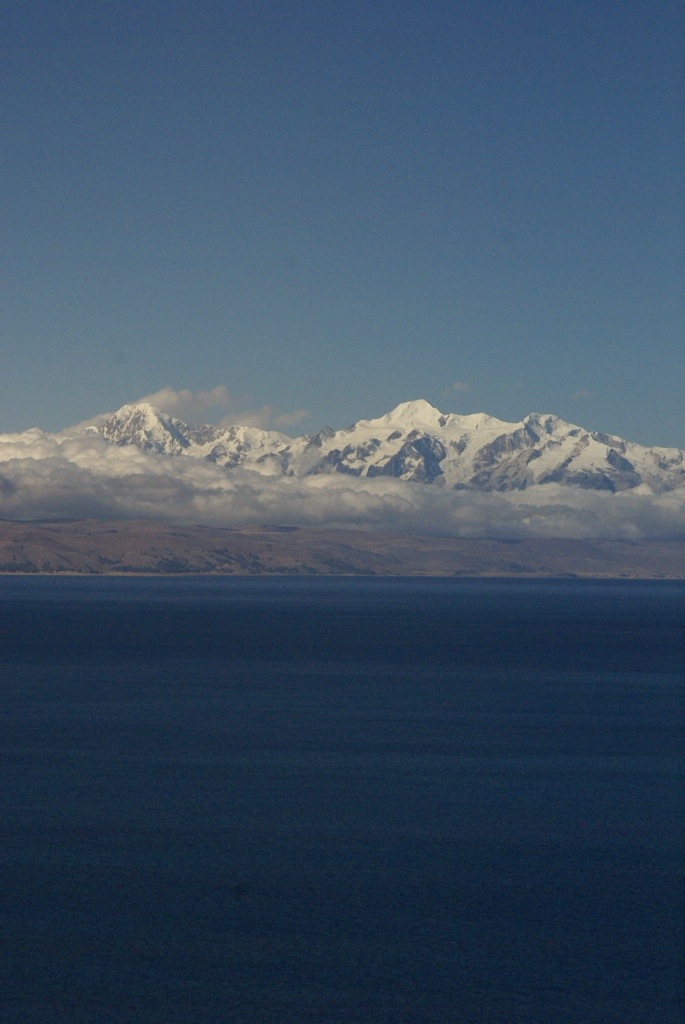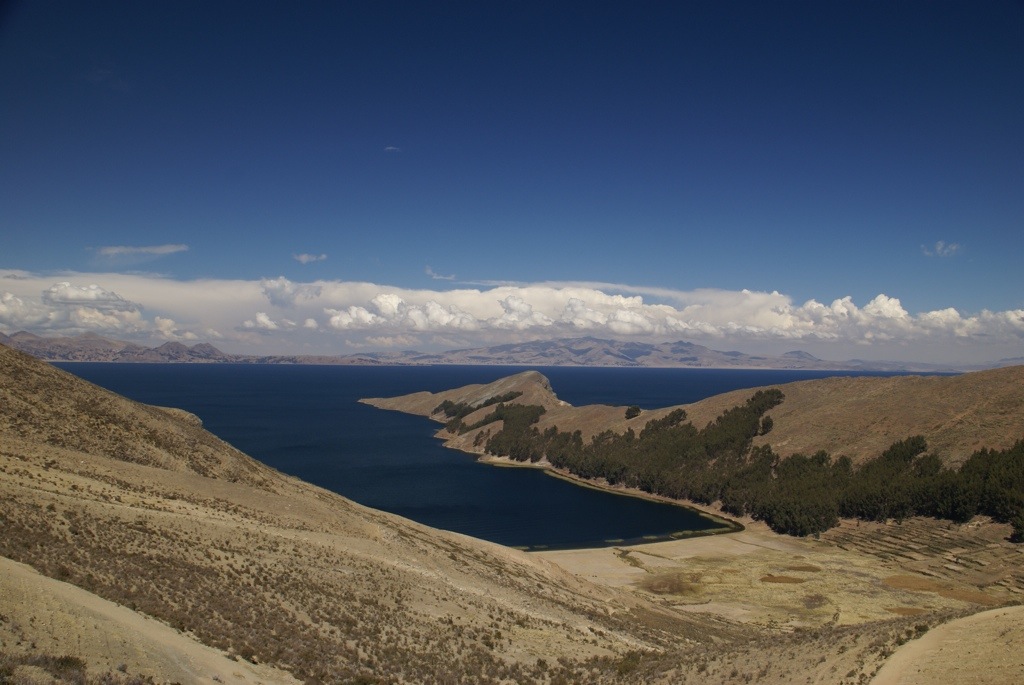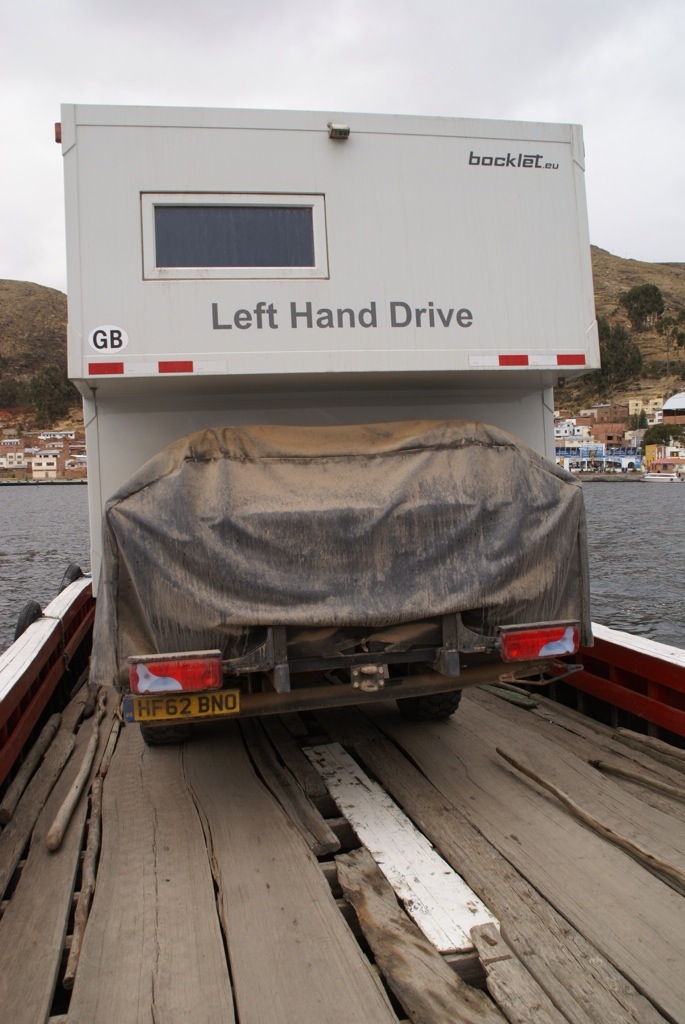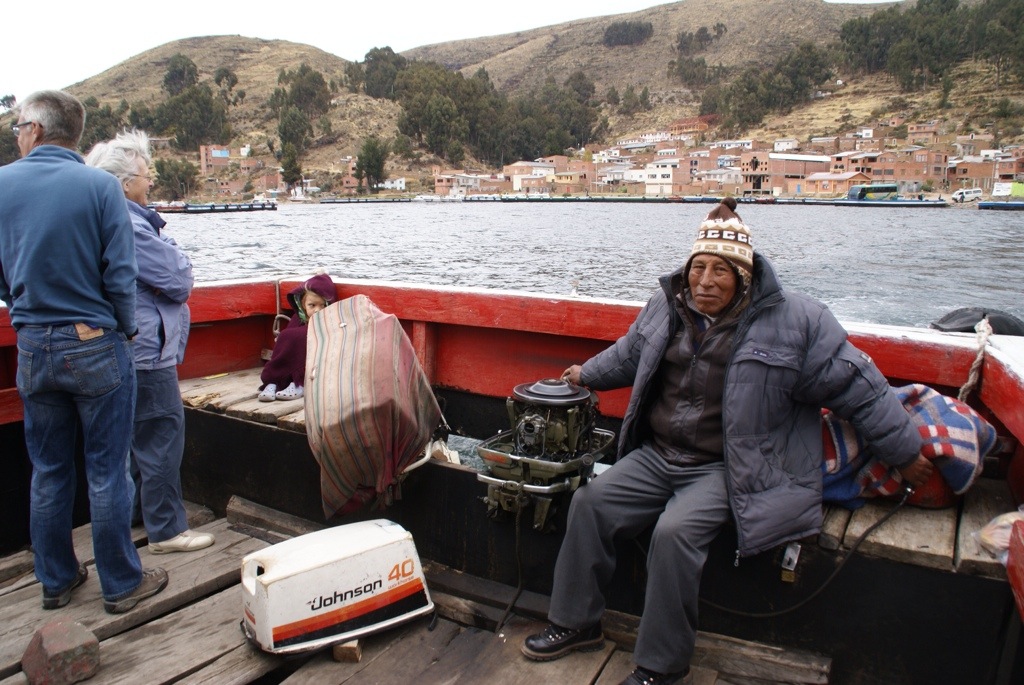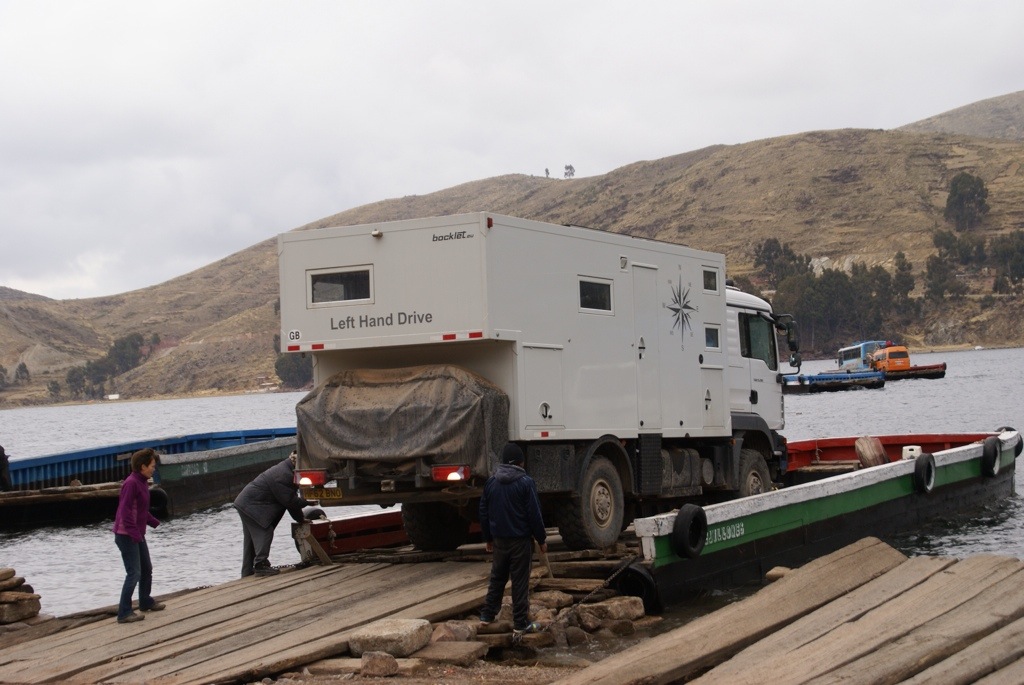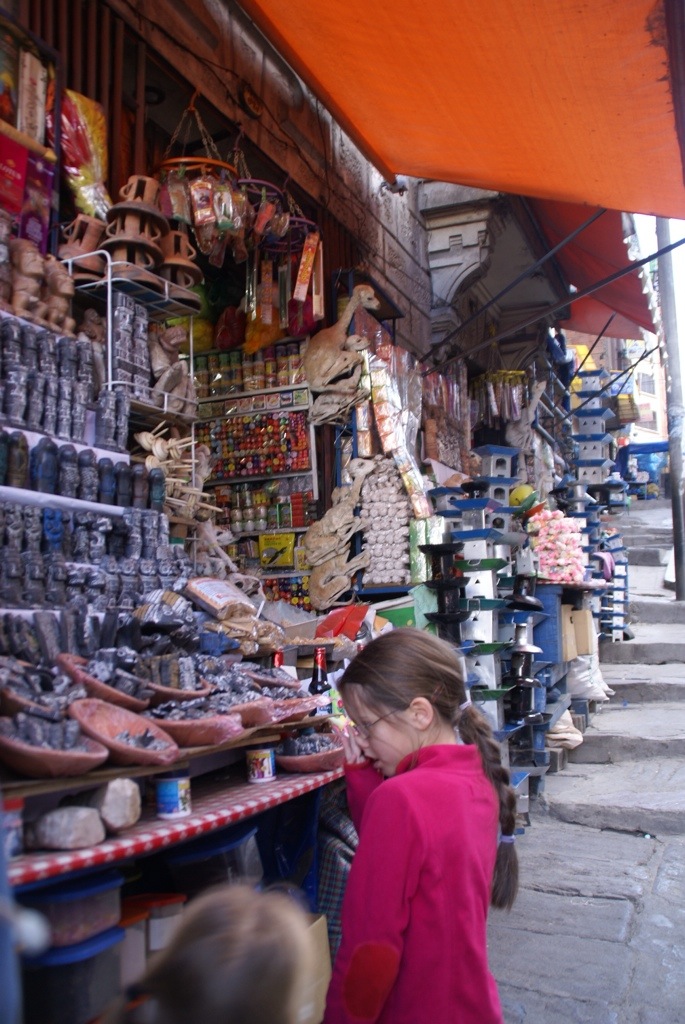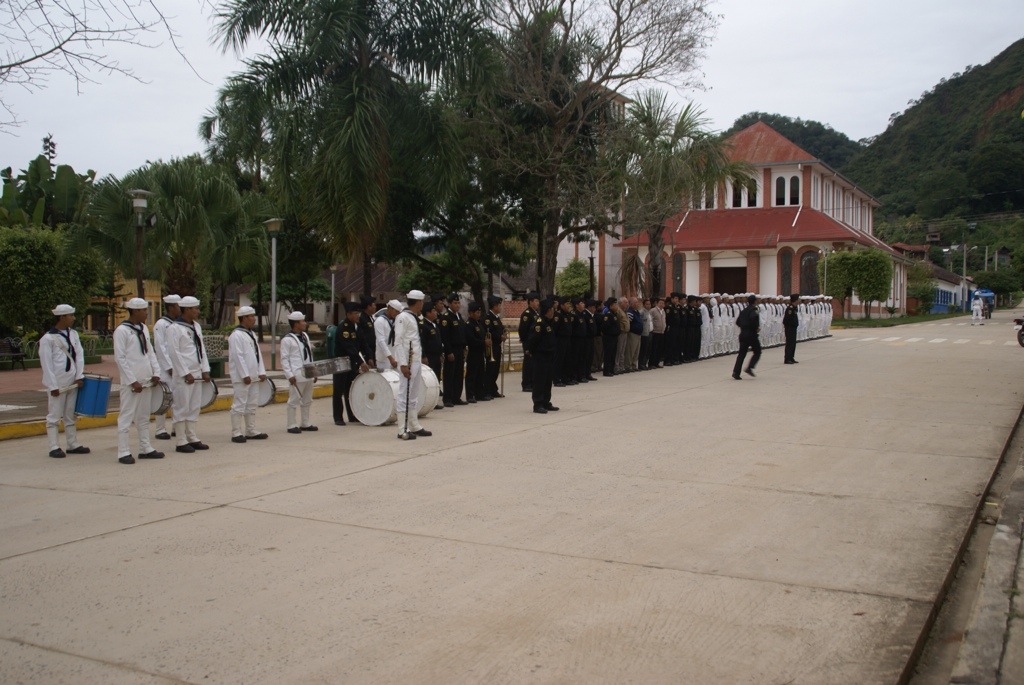 The Pampas are a wetland that stretches from where the jungle ends all the way into Brazil. They are very similar to the Pantanal in Brazil. We headed out for the 3 hour drive along a dusty dirt road. While the road was lined with farms there was still plenty of wildlife around and along the way we saw Caiman, Capybara, Rhea and even a Sloth.
The Pampas are a wetland that stretches from where the jungle ends all the way into Brazil. They are very similar to the Pantanal in Brazil. We headed out for the 3 hour drive along a dusty dirt road. While the road was lined with farms there was still plenty of wildlife around and along the way we saw Caiman, Capybara, Rhea and even a Sloth.
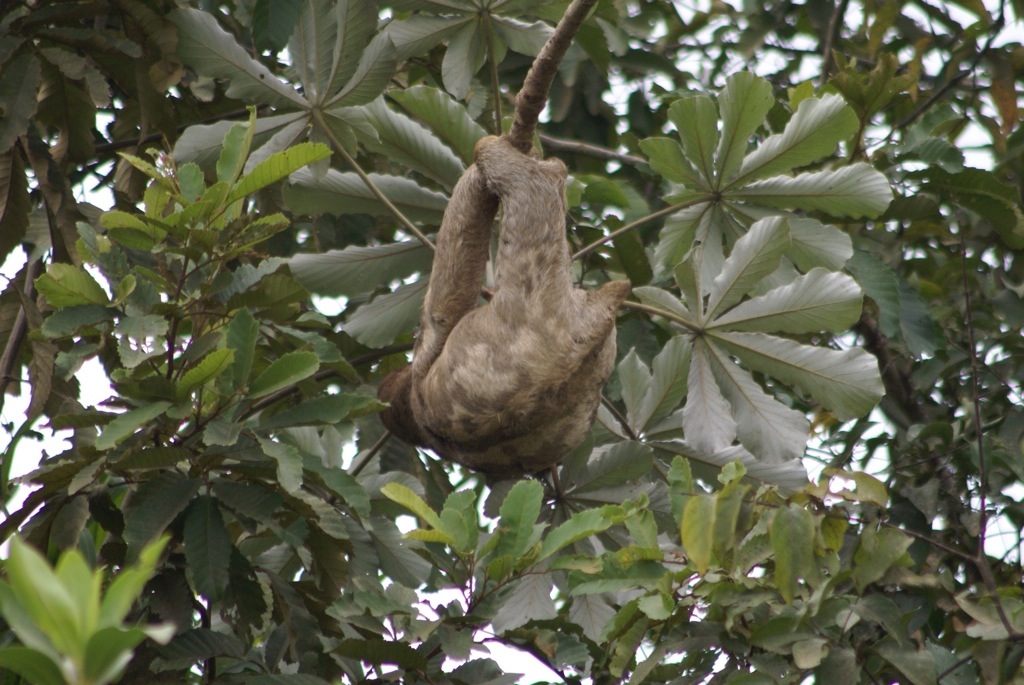
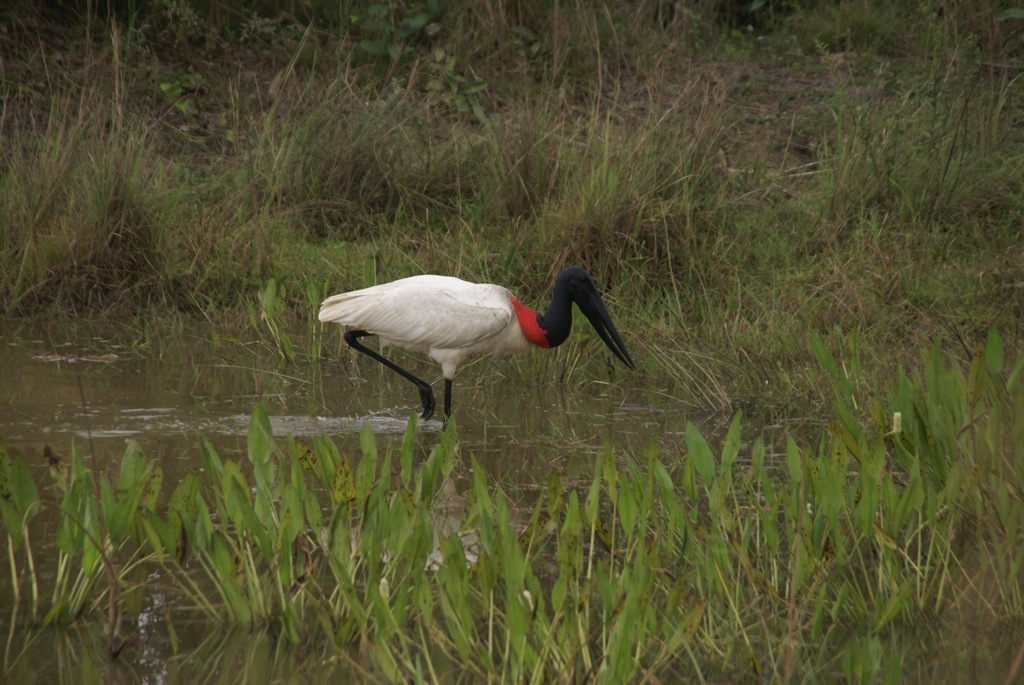 We eventually arrived at a slow moving brown river and the last 15 minutes of the journey was by boat to the rustic lodge. One of the reasons we had done the trip is we had heard it was possible to see Pink River Dolphins. We thought that if we were lucky we might catch a glimpse of one but as soon as we arrived there was a small group of them swimming in the river. Over the course of the next few days we saw lots of them. Mind you they are terribly difficult to photograph as they only surface for a second and have gone by the time the camera has focused.
We eventually arrived at a slow moving brown river and the last 15 minutes of the journey was by boat to the rustic lodge. One of the reasons we had done the trip is we had heard it was possible to see Pink River Dolphins. We thought that if we were lucky we might catch a glimpse of one but as soon as we arrived there was a small group of them swimming in the river. Over the course of the next few days we saw lots of them. Mind you they are terribly difficult to photograph as they only surface for a second and have gone by the time the camera has focused.
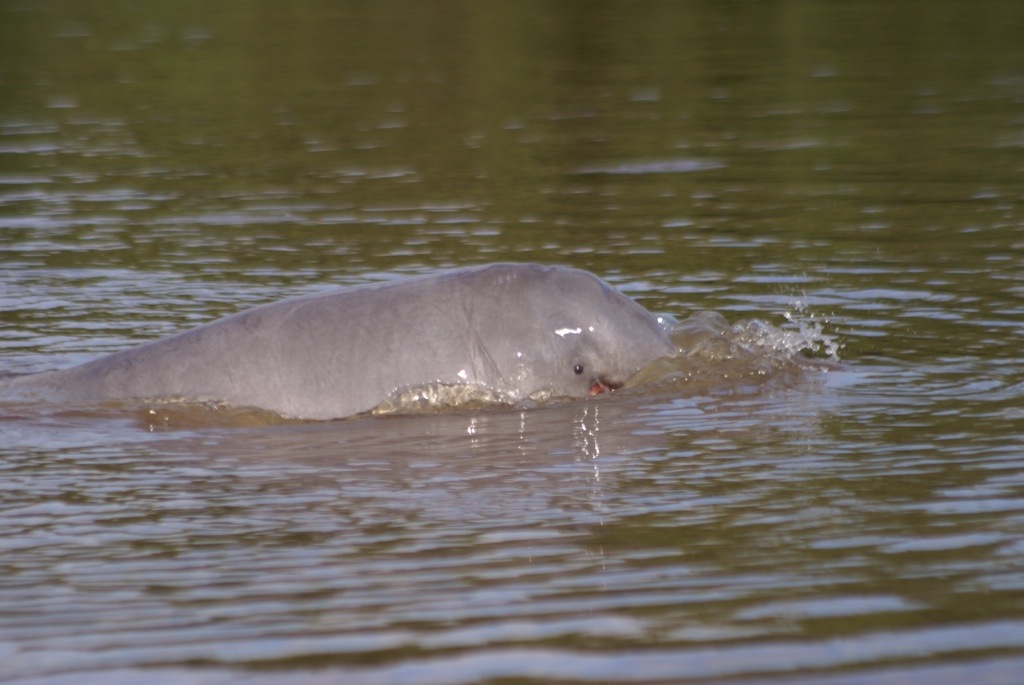
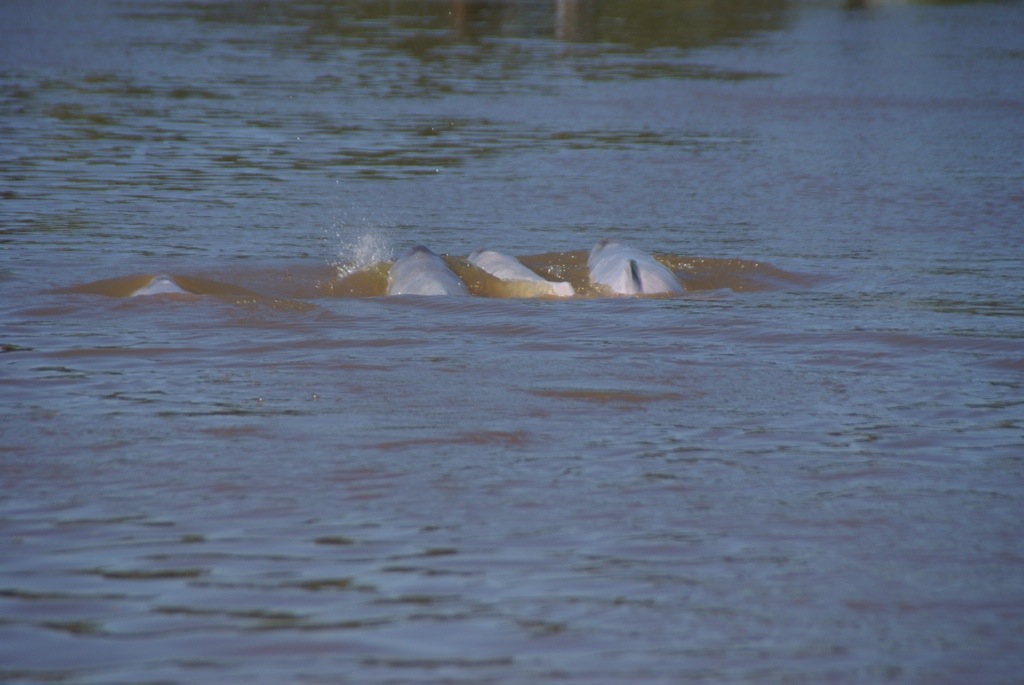
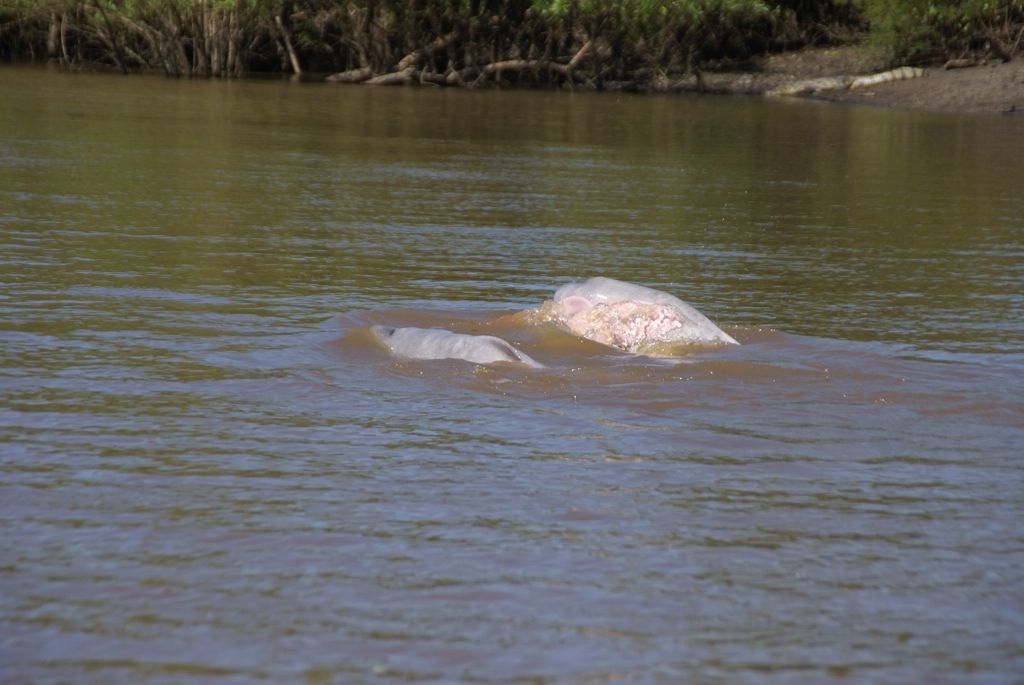
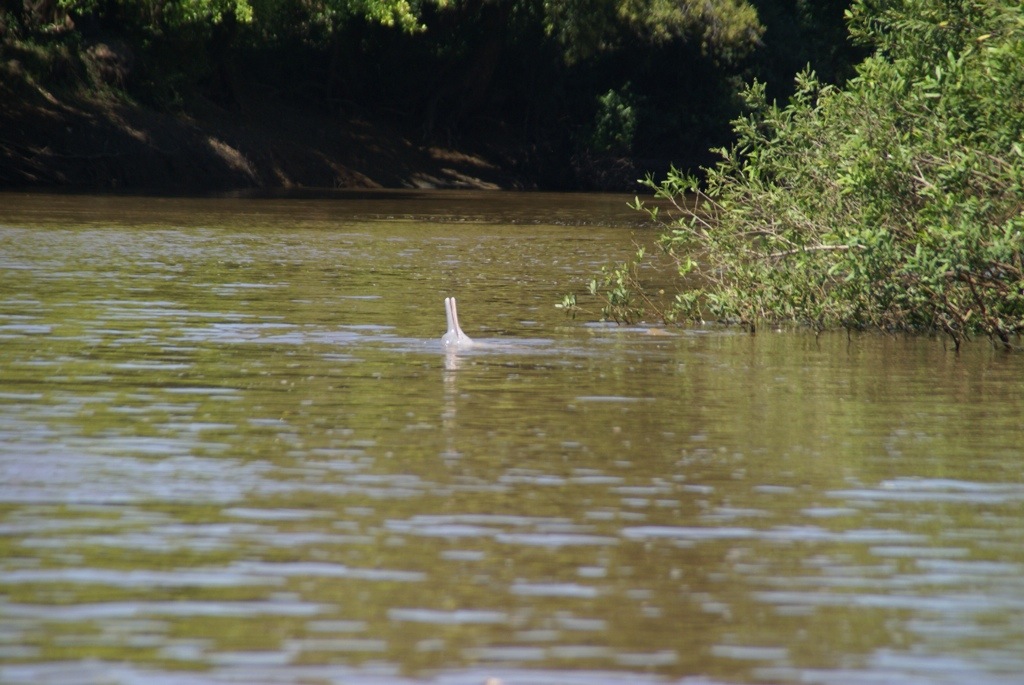 Over the next few days we did a lot of patrolling the river in a boat. As well as the dolphins there was fantastic bird life and we saw numerous Caimans including a couple over 4m. With such large reptiles in the river we politely declined the opportunity to swim with the dolphins!
Over the next few days we did a lot of patrolling the river in a boat. As well as the dolphins there was fantastic bird life and we saw numerous Caimans including a couple over 4m. With such large reptiles in the river we politely declined the opportunity to swim with the dolphins!
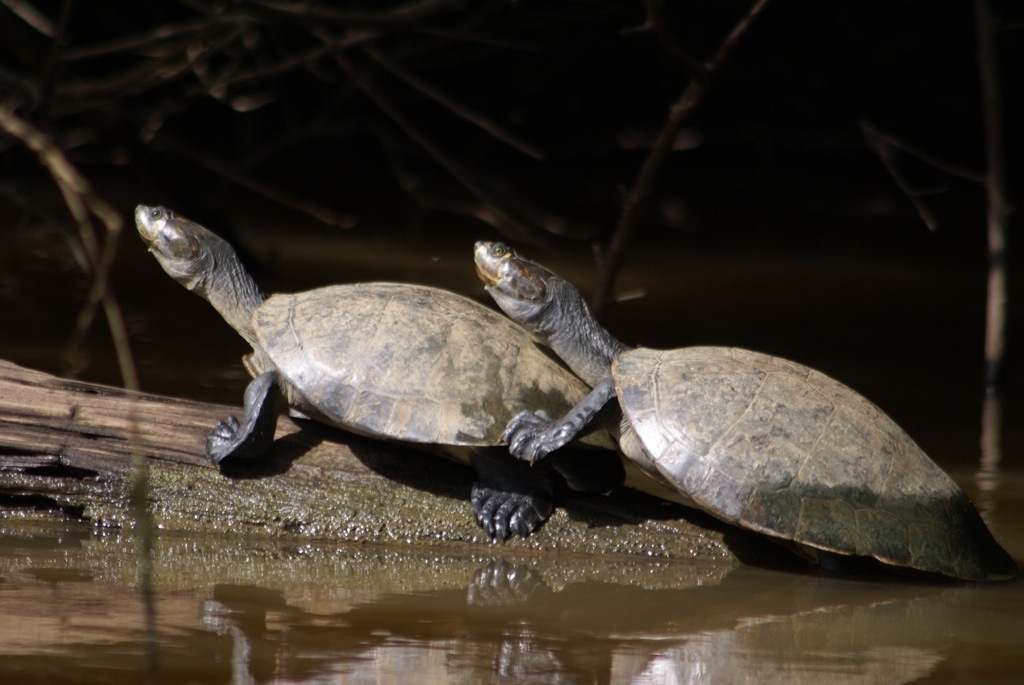
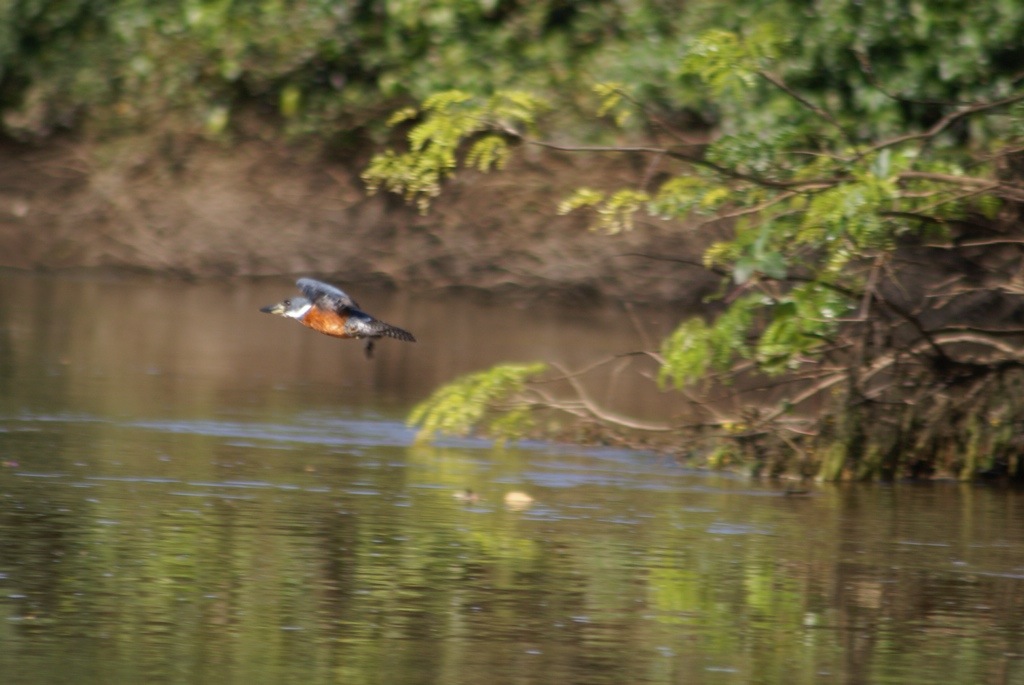
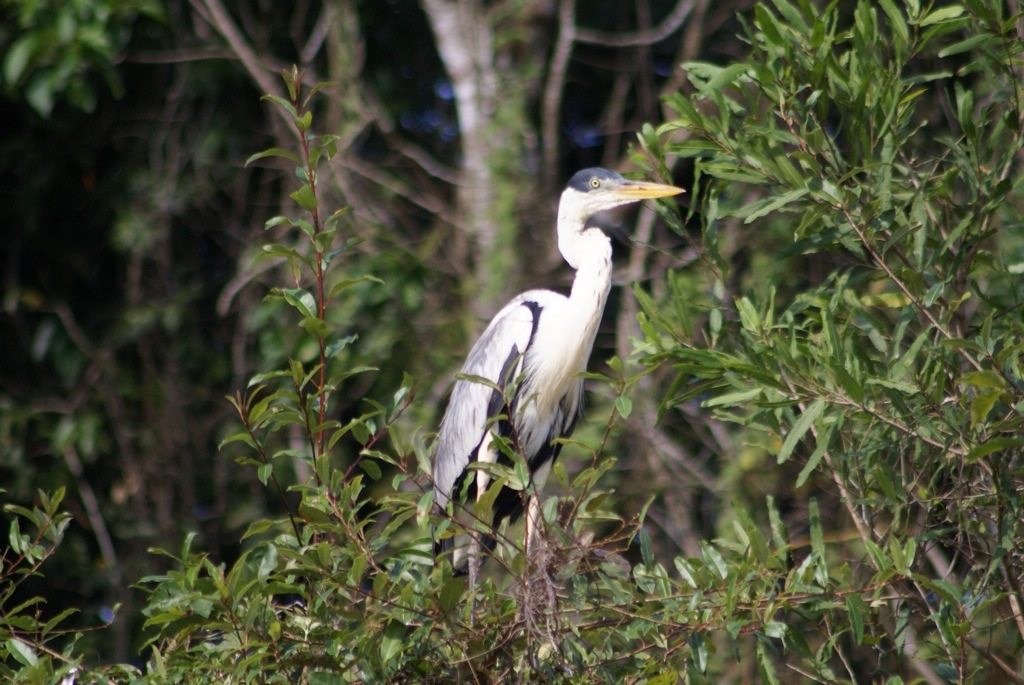
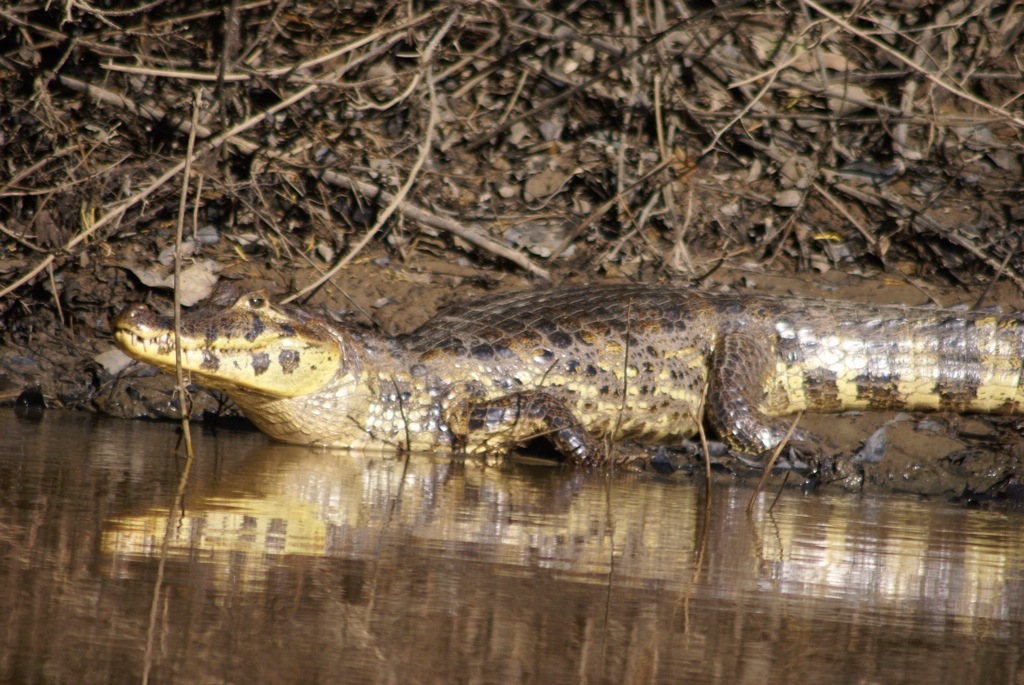
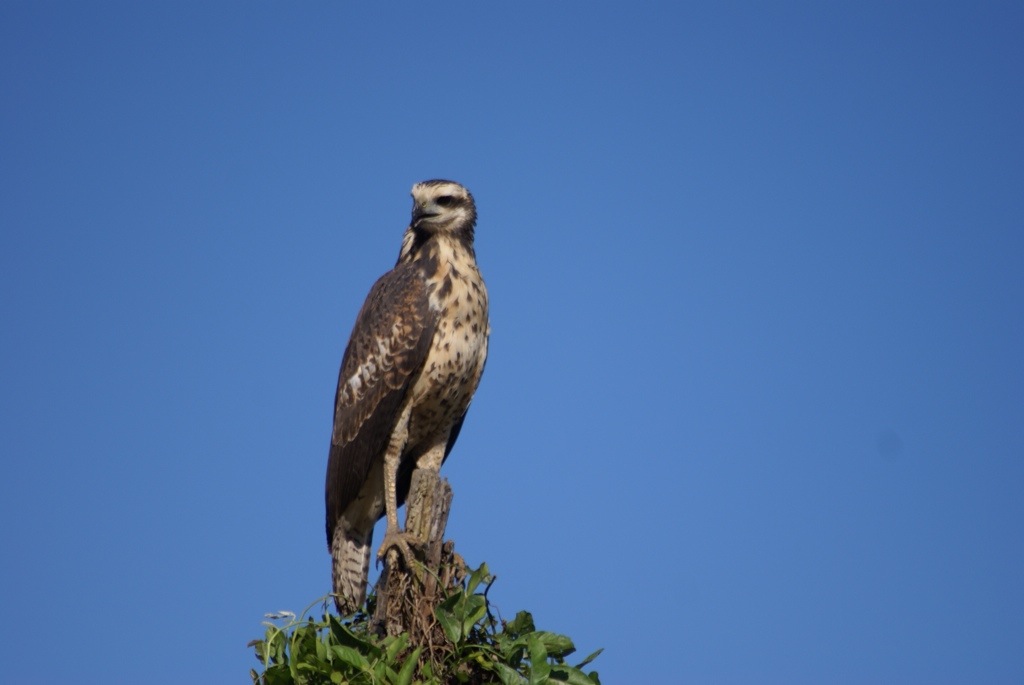
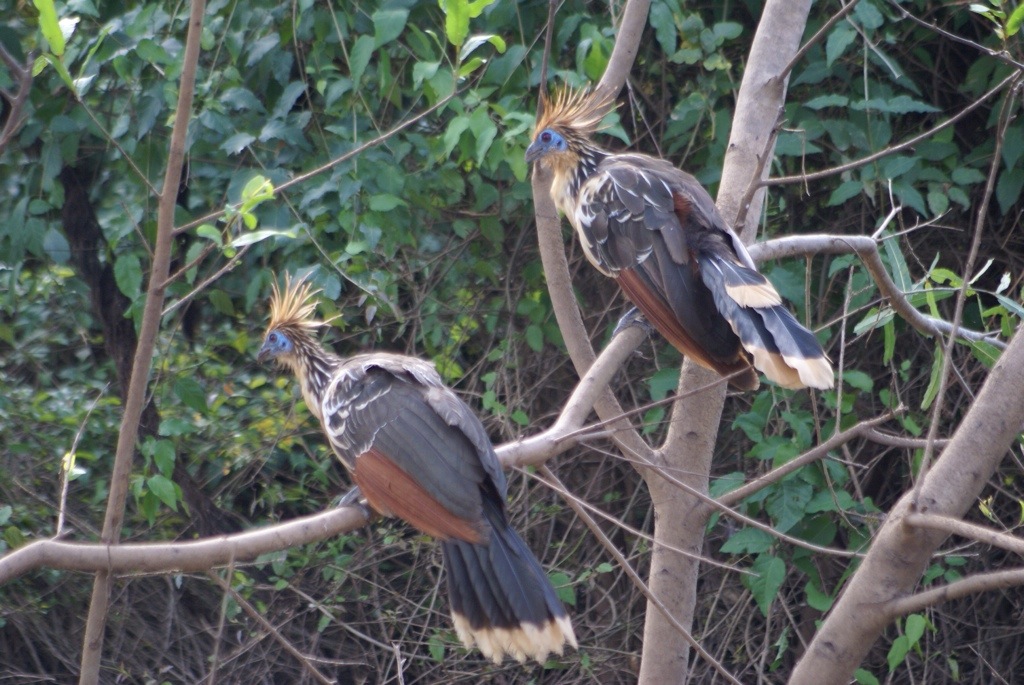
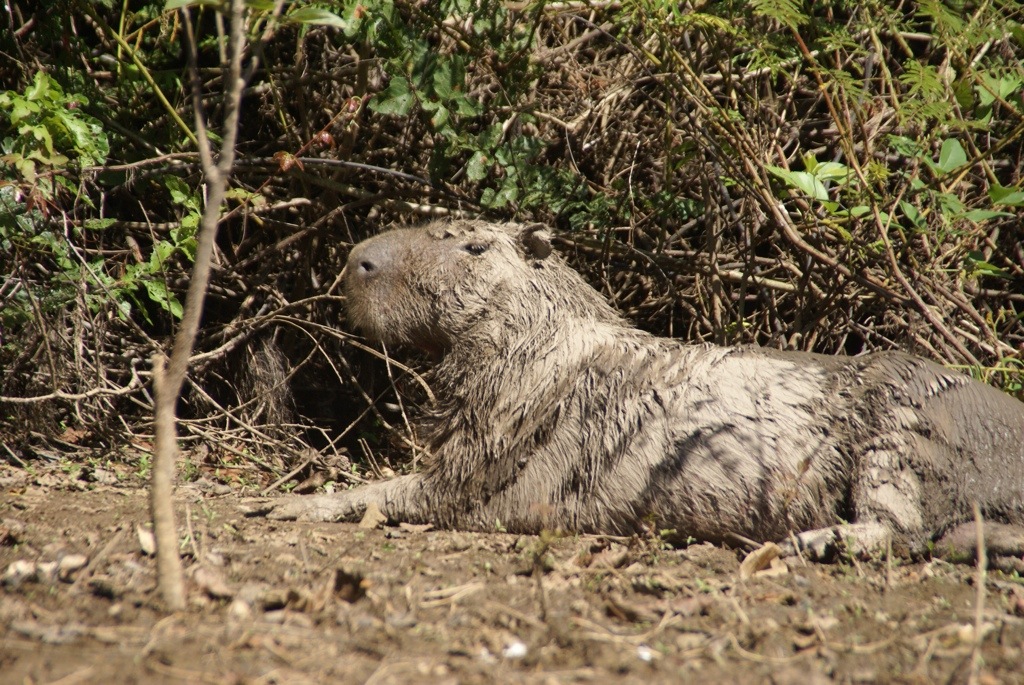 One morning we headed out to walk into the swamps to look for Annacondas. It was tough walking in the swamp but we were rewarded with seeing a couple of smaller Annacondas.
One morning we headed out to walk into the swamps to look for Annacondas. It was tough walking in the swamp but we were rewarded with seeing a couple of smaller Annacondas.

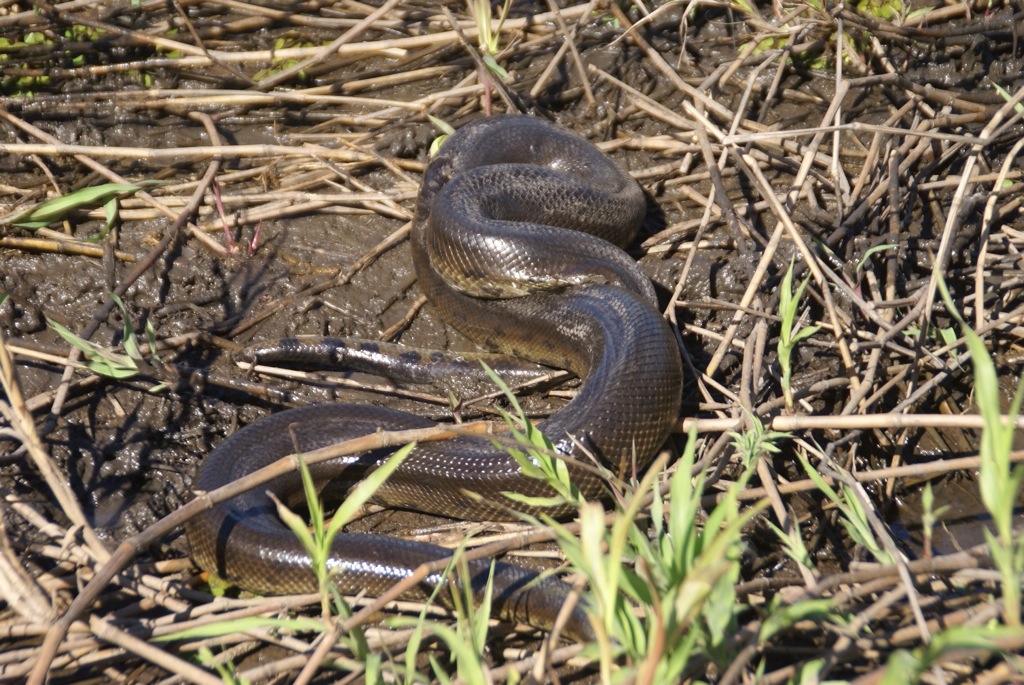
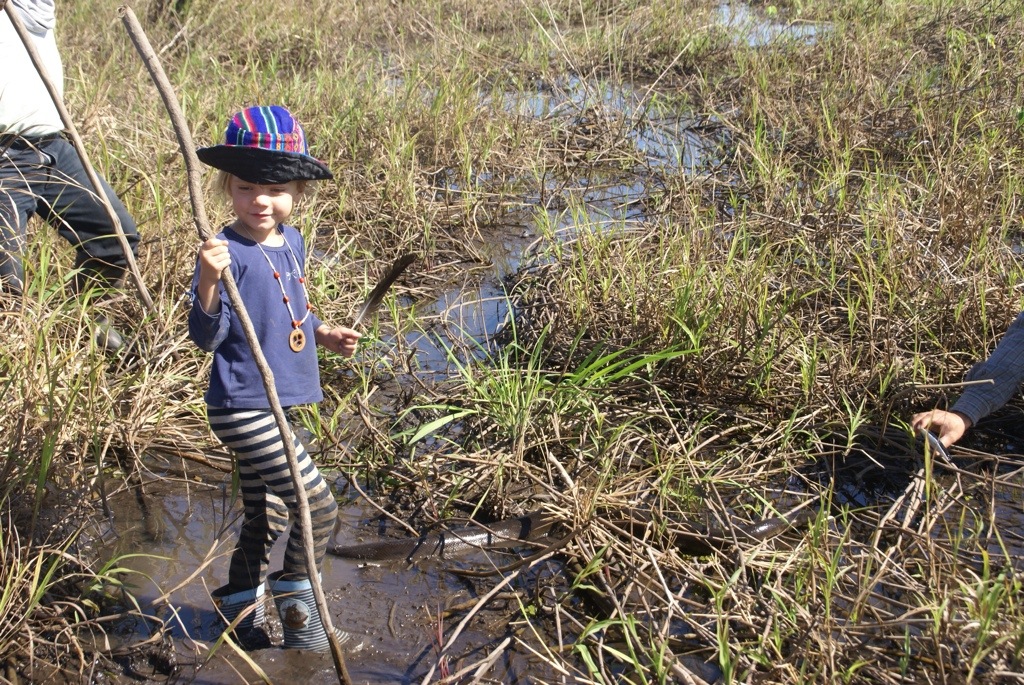 We also tried our luck at Piranha fishing and were successful in catching some of these little fish with sharp teeth.
We also tried our luck at Piranha fishing and were successful in catching some of these little fish with sharp teeth.
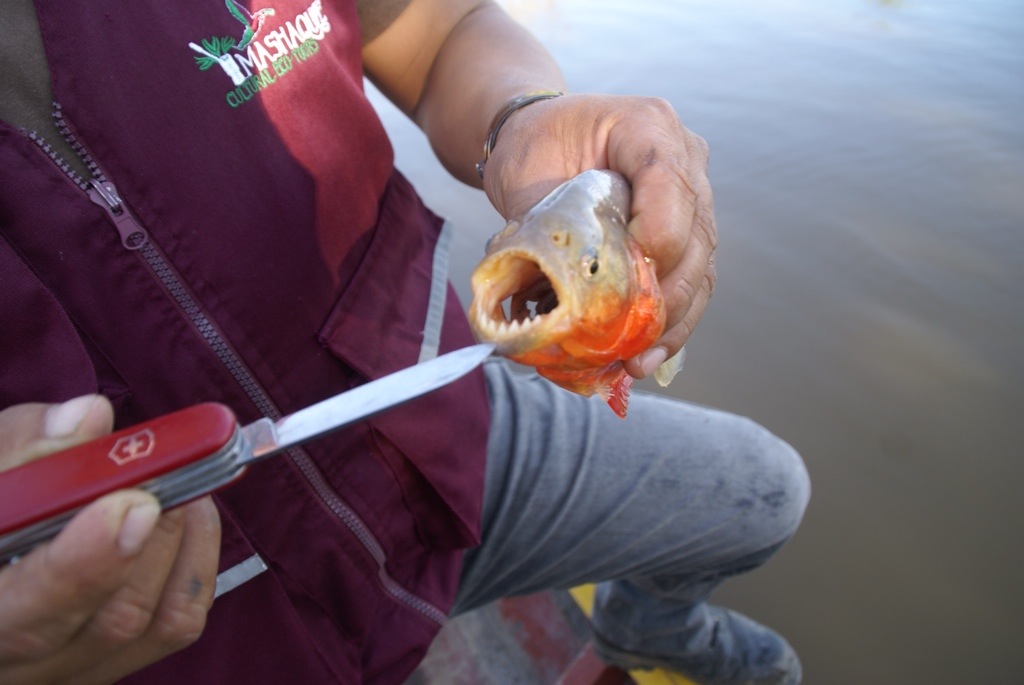
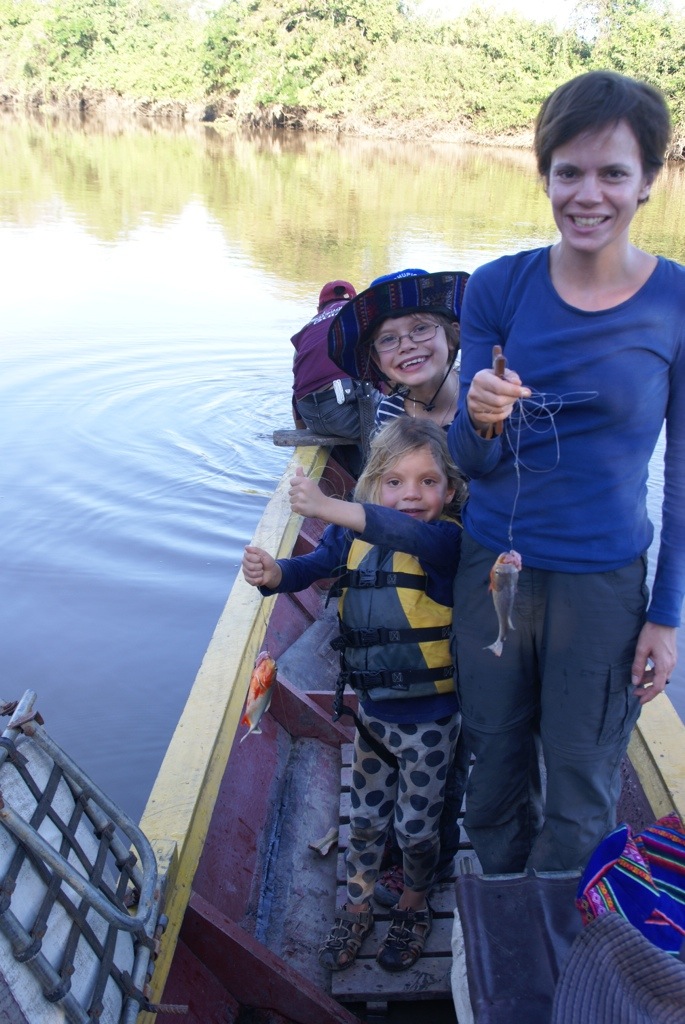
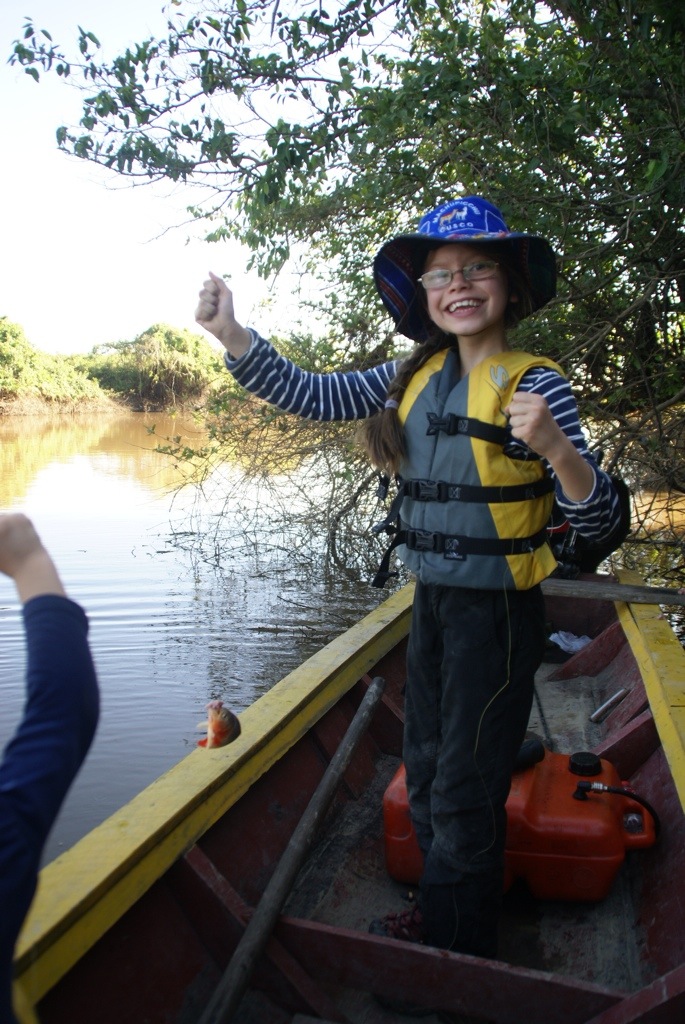 We even went on the river early in the morning (not popular with Alisha and Lucy) to see sunrise and at night to see the Caimans eyes in the water. It was lovely been on the water at this time to listen to the sounds from the wildlife, to see the stars and in the case of the sunrise trip to watch the mist lift off the water.
We even went on the river early in the morning (not popular with Alisha and Lucy) to see sunrise and at night to see the Caimans eyes in the water. It was lovely been on the water at this time to listen to the sounds from the wildlife, to see the stars and in the case of the sunrise trip to watch the mist lift off the water.
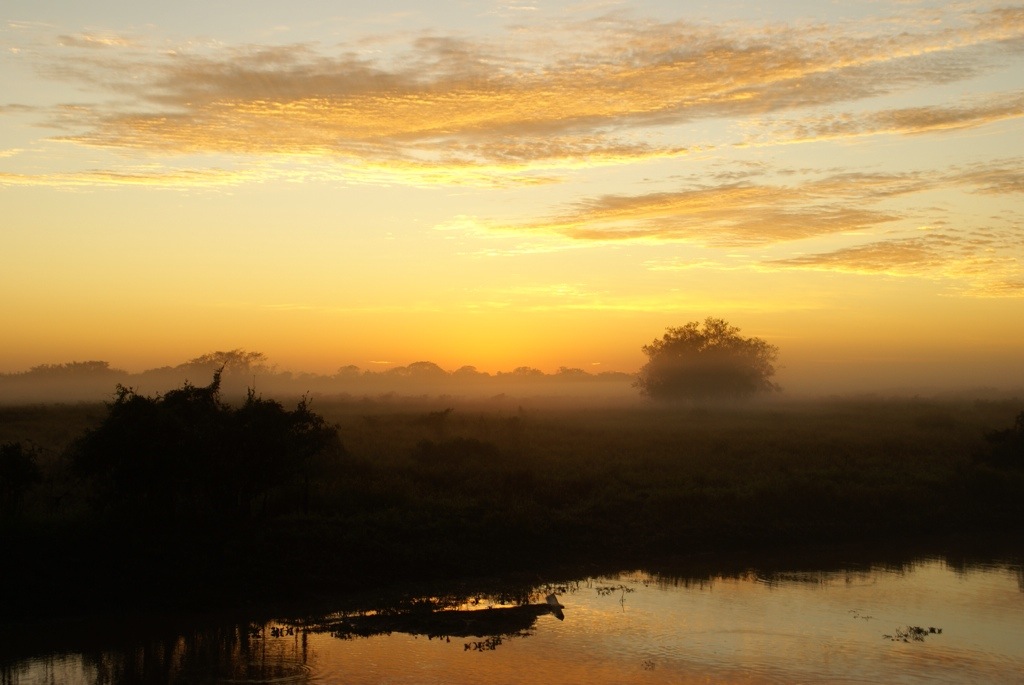
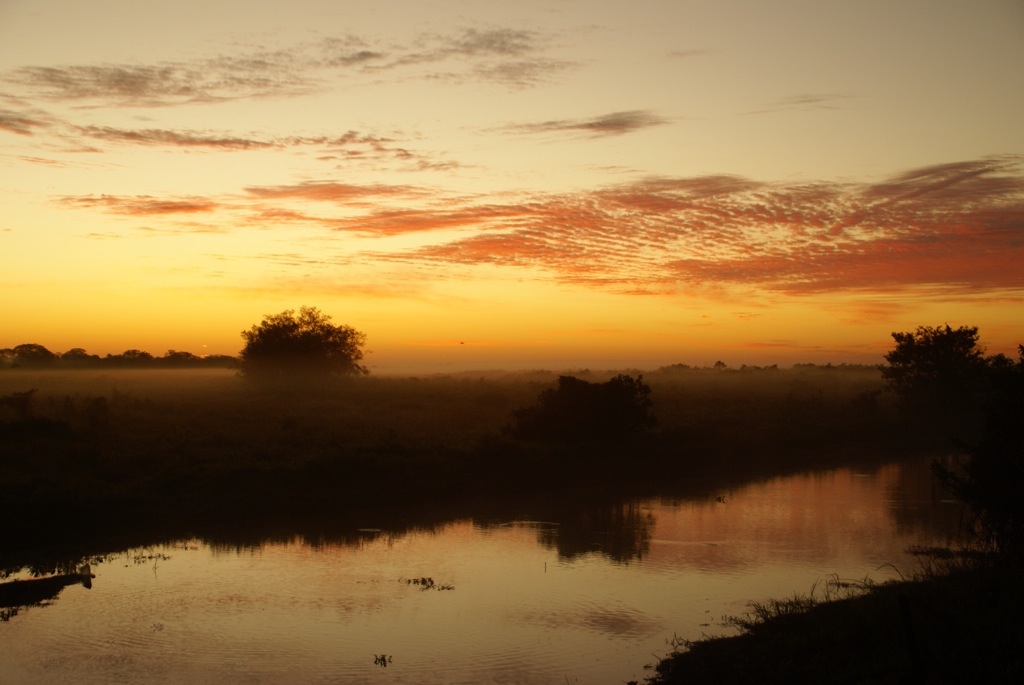
 On our last morning we did another cruise up the river. The highlight this time was spotting a troop of Spider Monkeys. As we slowly brought the boat into the bank we were surprised how unafraid of us they were. They were curiously looking at us and then in the next instance they jumped onto the boat and were looking to see if we had any food. This meant they were jumping on our lap and even on our heads. Lucy and Alisha loved this and were squealing with laughter. I think the monkeys could smell a banana the guide had although we did not feed them anything.
On our last morning we did another cruise up the river. The highlight this time was spotting a troop of Spider Monkeys. As we slowly brought the boat into the bank we were surprised how unafraid of us they were. They were curiously looking at us and then in the next instance they jumped onto the boat and were looking to see if we had any food. This meant they were jumping on our lap and even on our heads. Lucy and Alisha loved this and were squealing with laughter. I think the monkeys could smell a banana the guide had although we did not feed them anything.
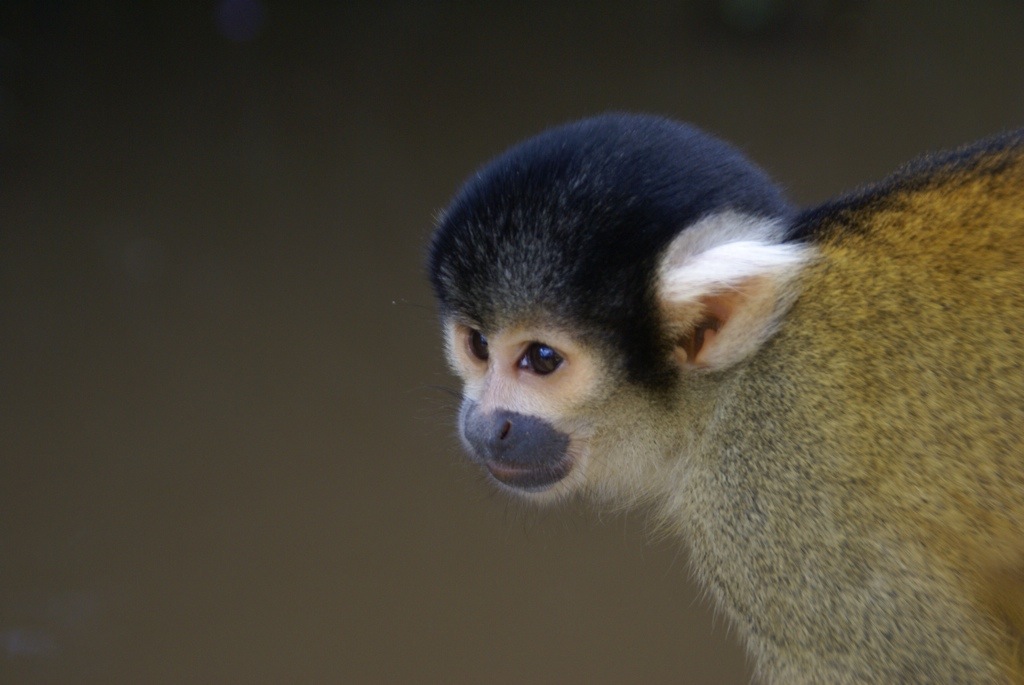
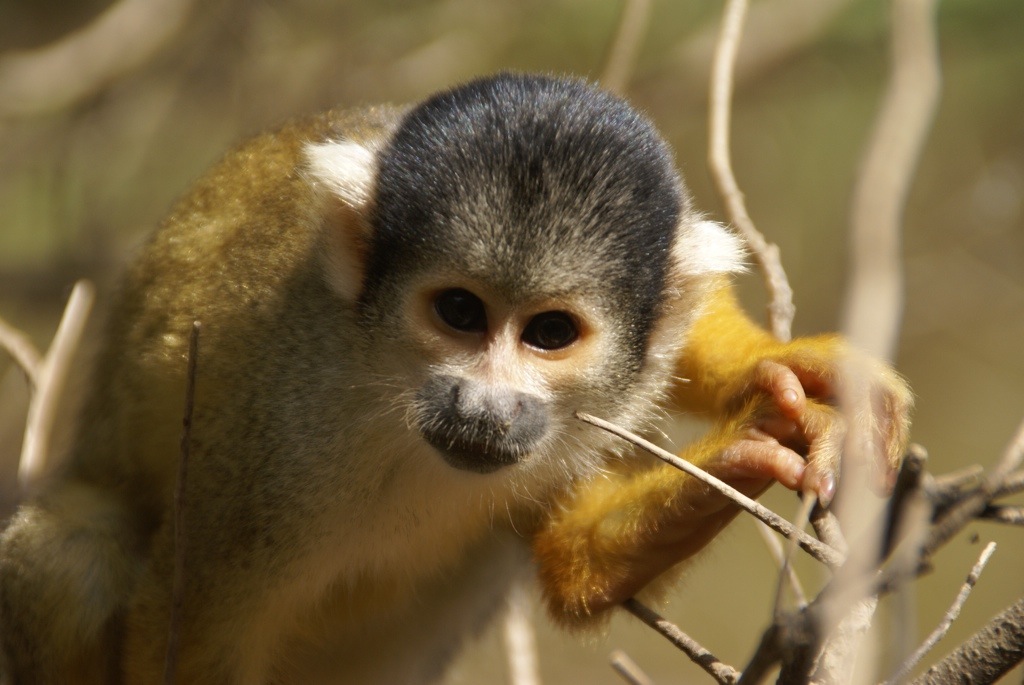
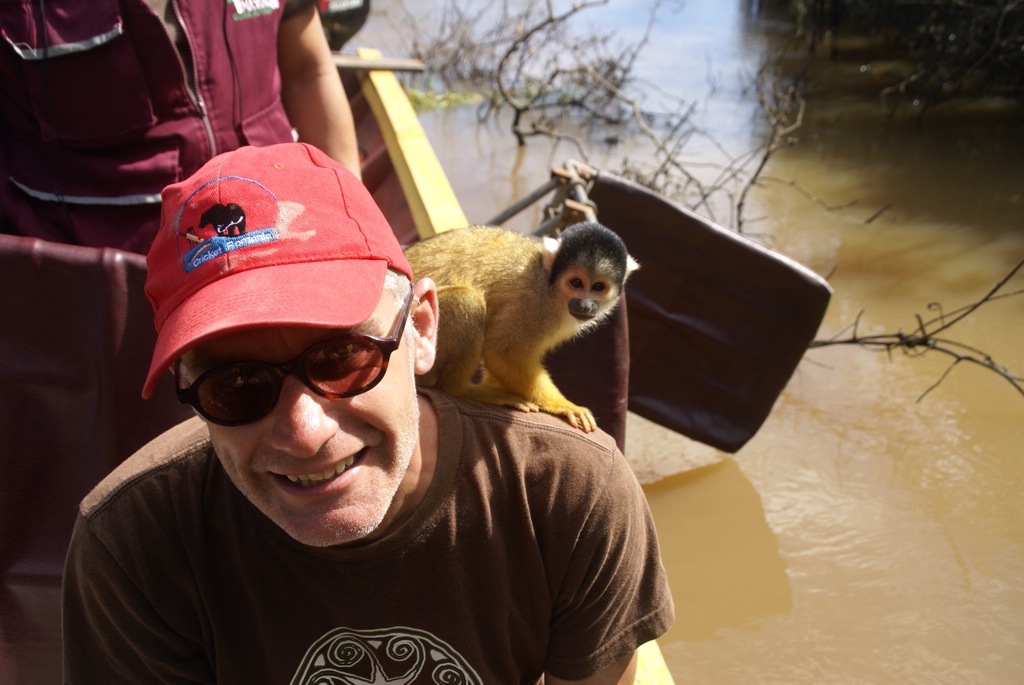
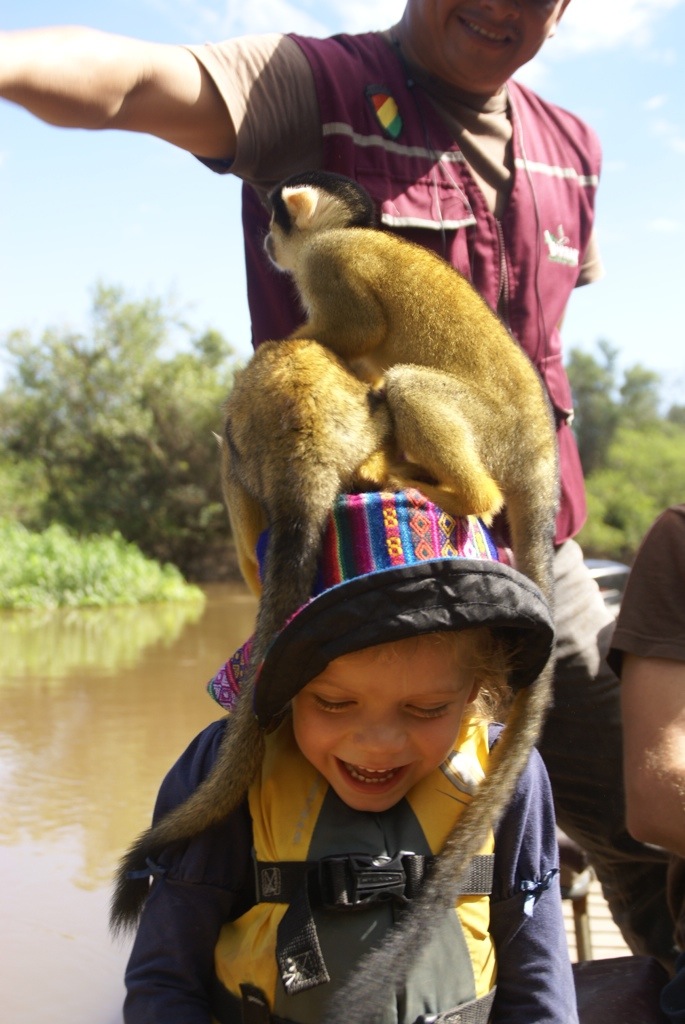 We thoroughly enjoyed our Pampas trip. The weather had warmed up which helped. The Pampas is very much about seeing wildlife and it certainly delivered in that respect with the river dolphins and the spider monkeys been a particular highlight. We even had wildlife in our room having found a large frog hiding in our toilet bowl.
We thoroughly enjoyed our Pampas trip. The weather had warmed up which helped. The Pampas is very much about seeing wildlife and it certainly delivered in that respect with the river dolphins and the spider monkeys been a particular highlight. We even had wildlife in our room having found a large frog hiding in our toilet bowl.
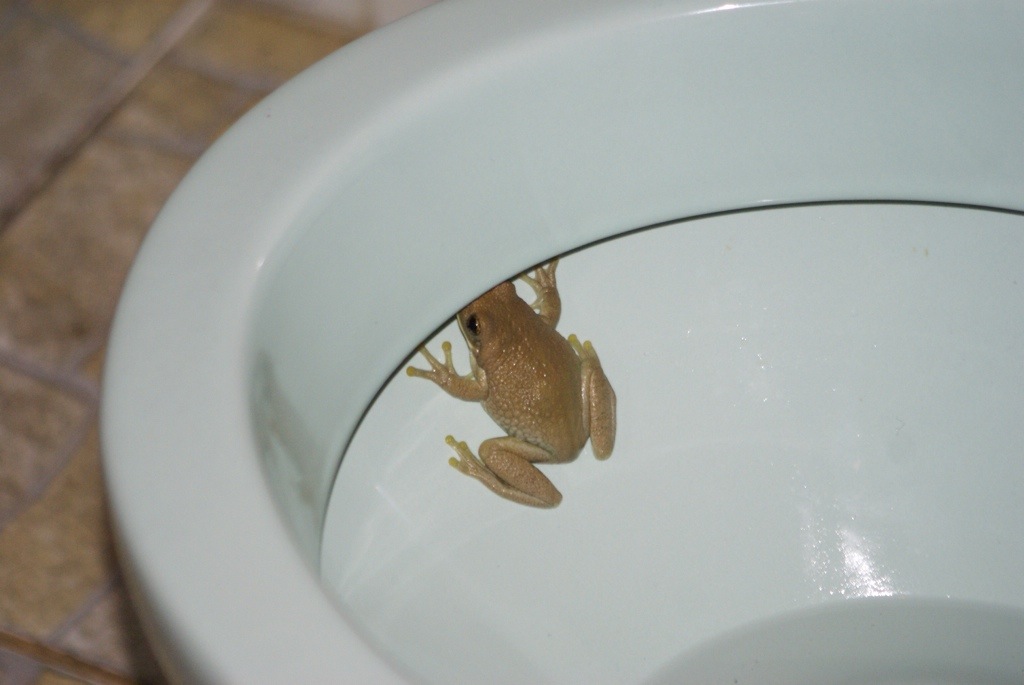 The bird life was also fantastic. While it is more difficult to see wildlife in the jungle, the jungle is much more about the experience of been in the jungle. We were all very glad that we had decided to do both trips and experience the different sides to them.
We headed back to Rurrenabaque to the same hotel for one more night before catching the little plane back to La Paz where we were reunited with the truck.
The bird life was also fantastic. While it is more difficult to see wildlife in the jungle, the jungle is much more about the experience of been in the jungle. We were all very glad that we had decided to do both trips and experience the different sides to them.
We headed back to Rurrenabaque to the same hotel for one more night before catching the little plane back to La Paz where we were reunited with the truck.
